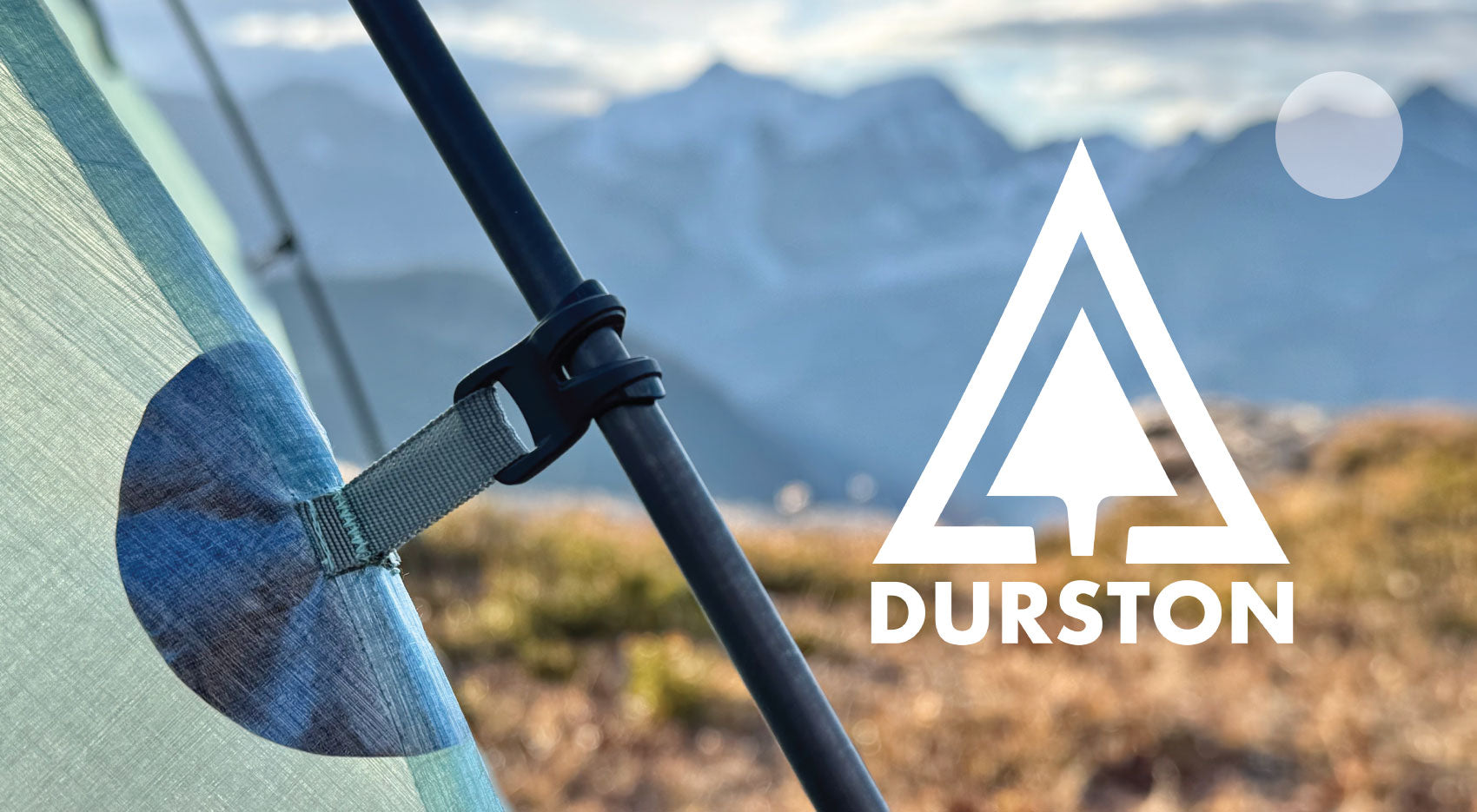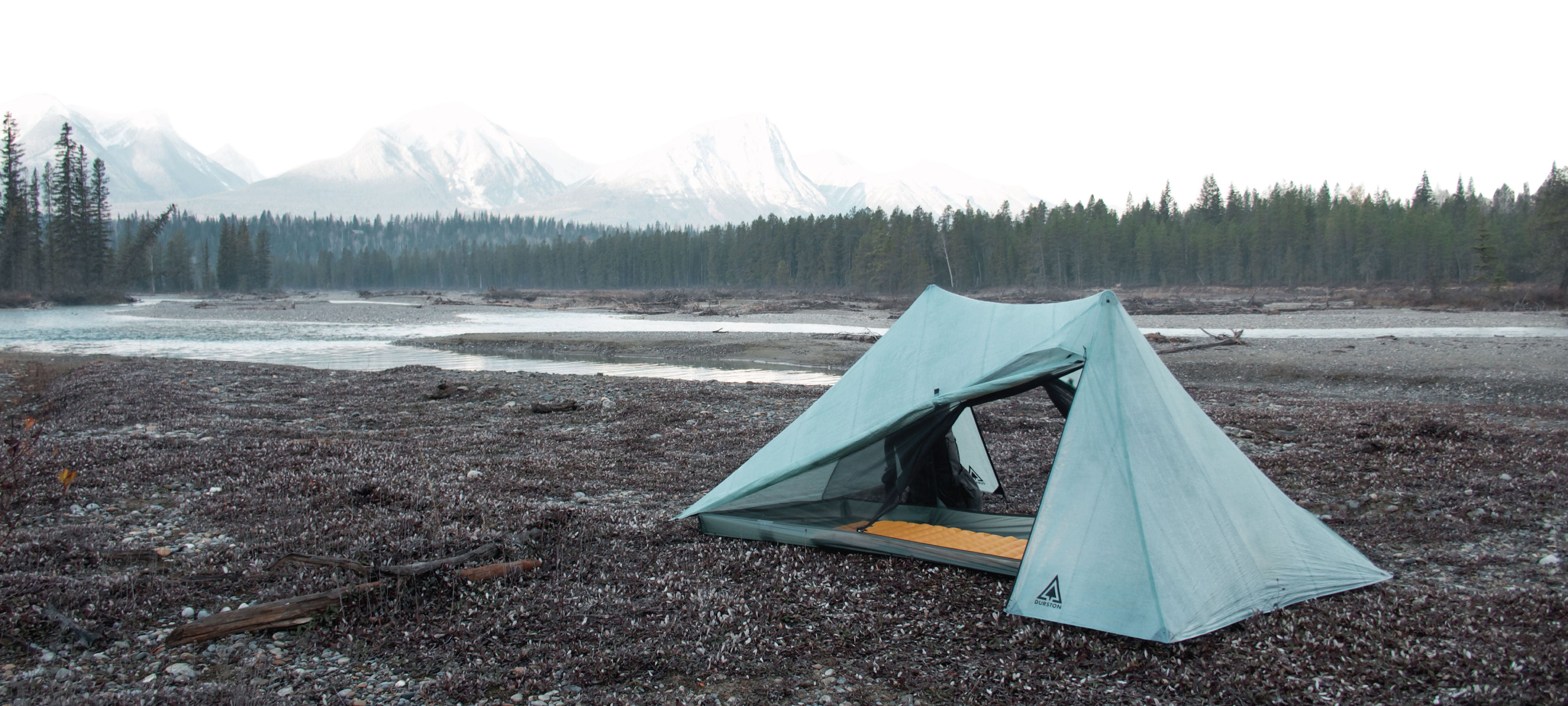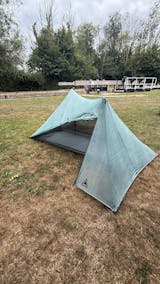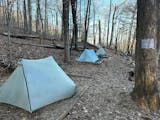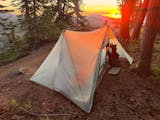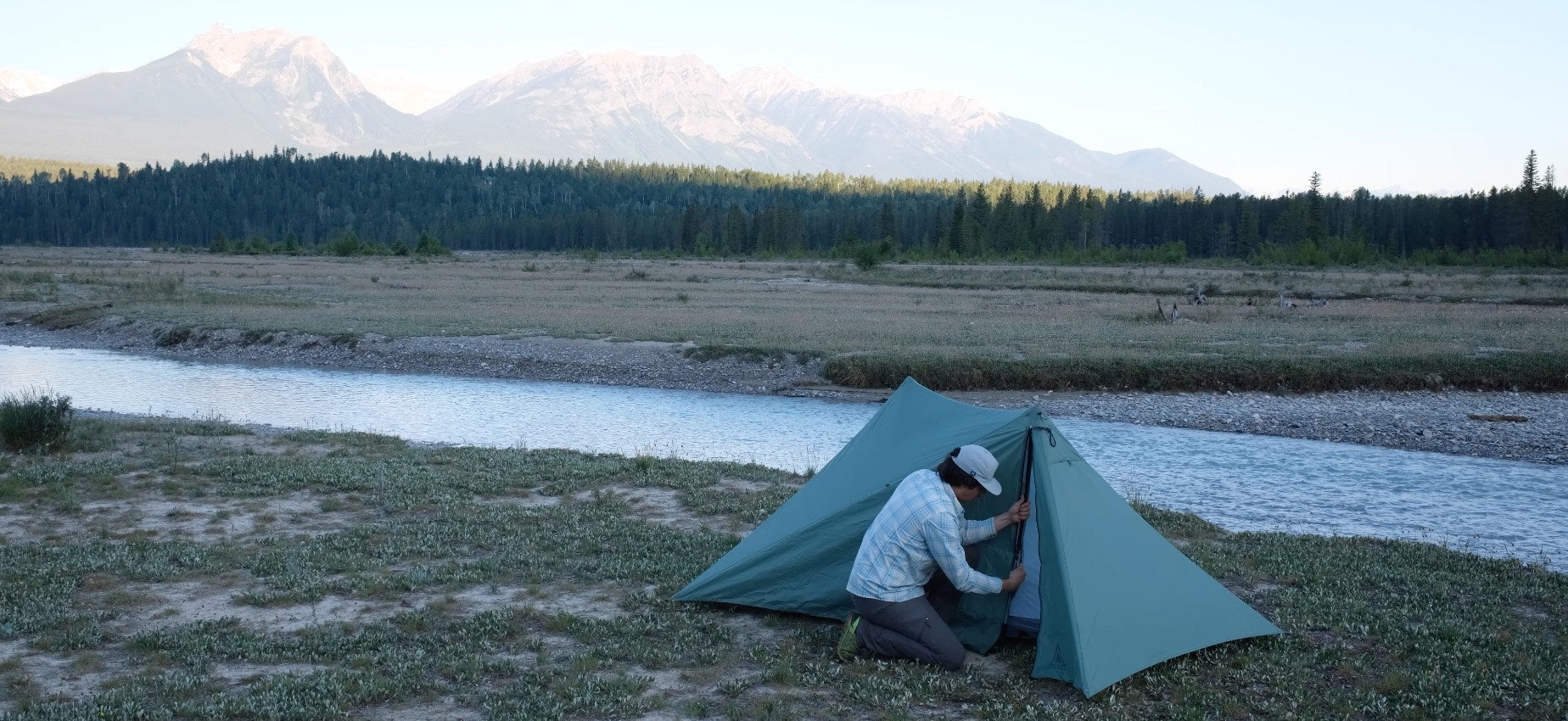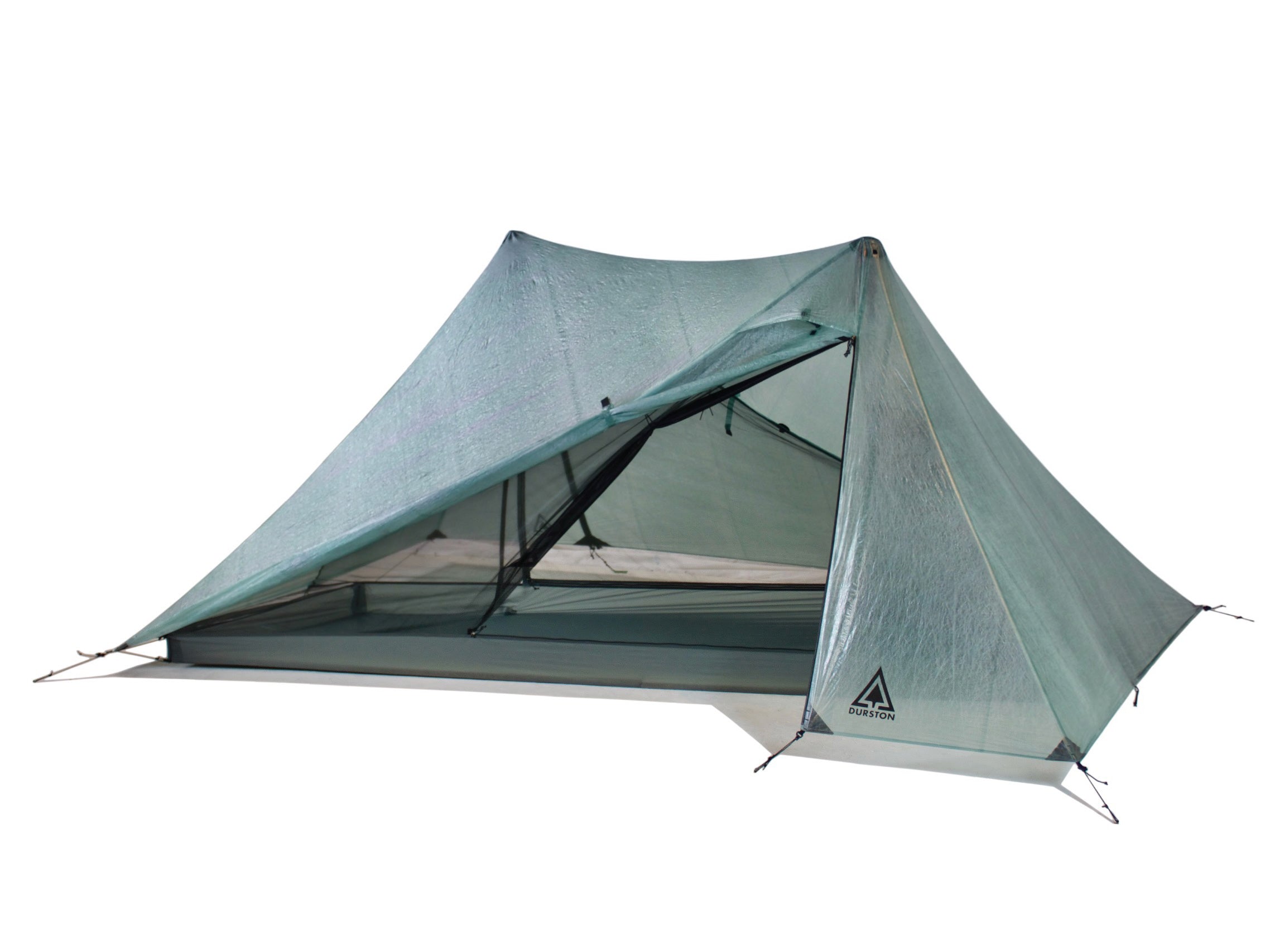
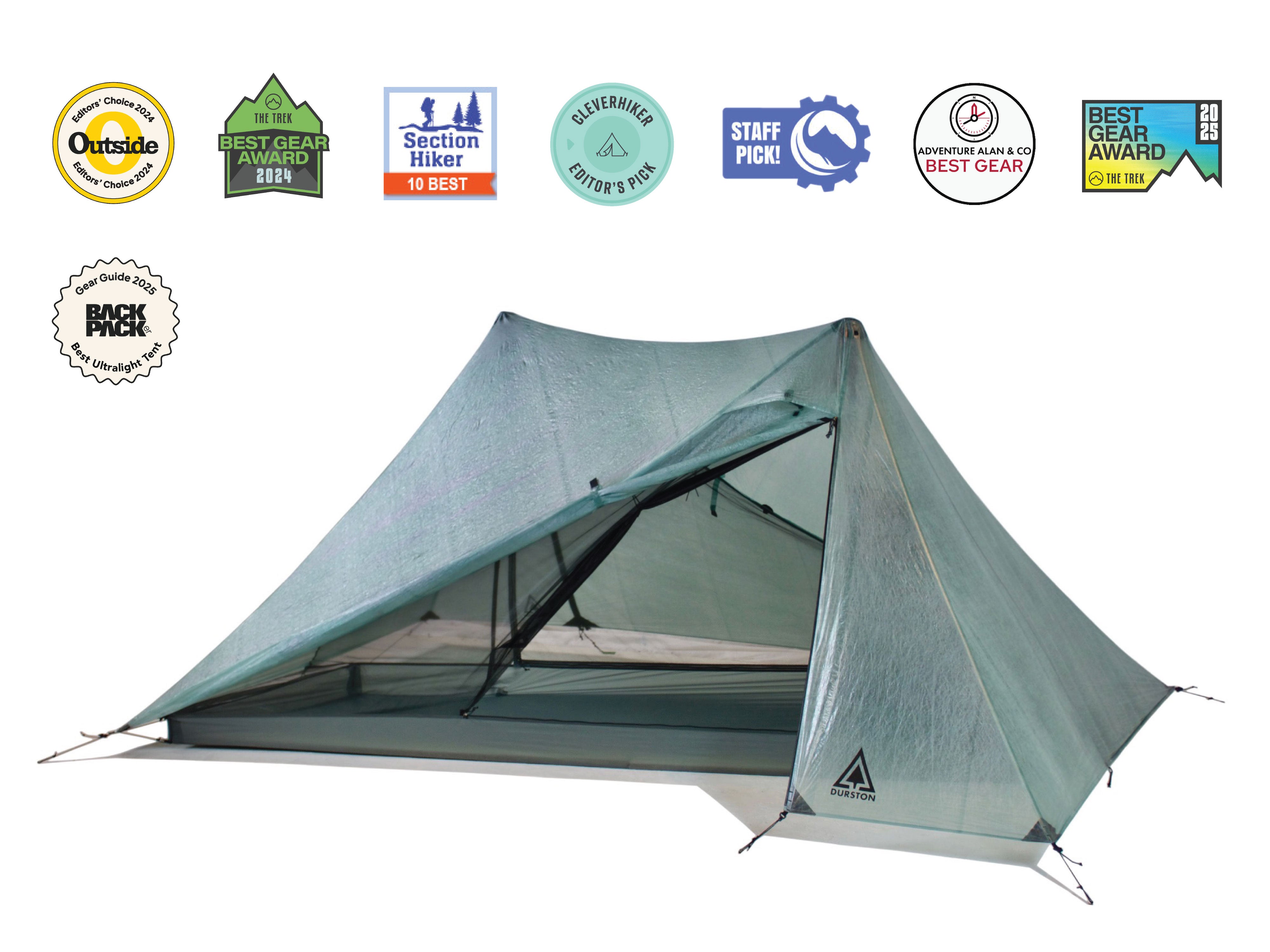
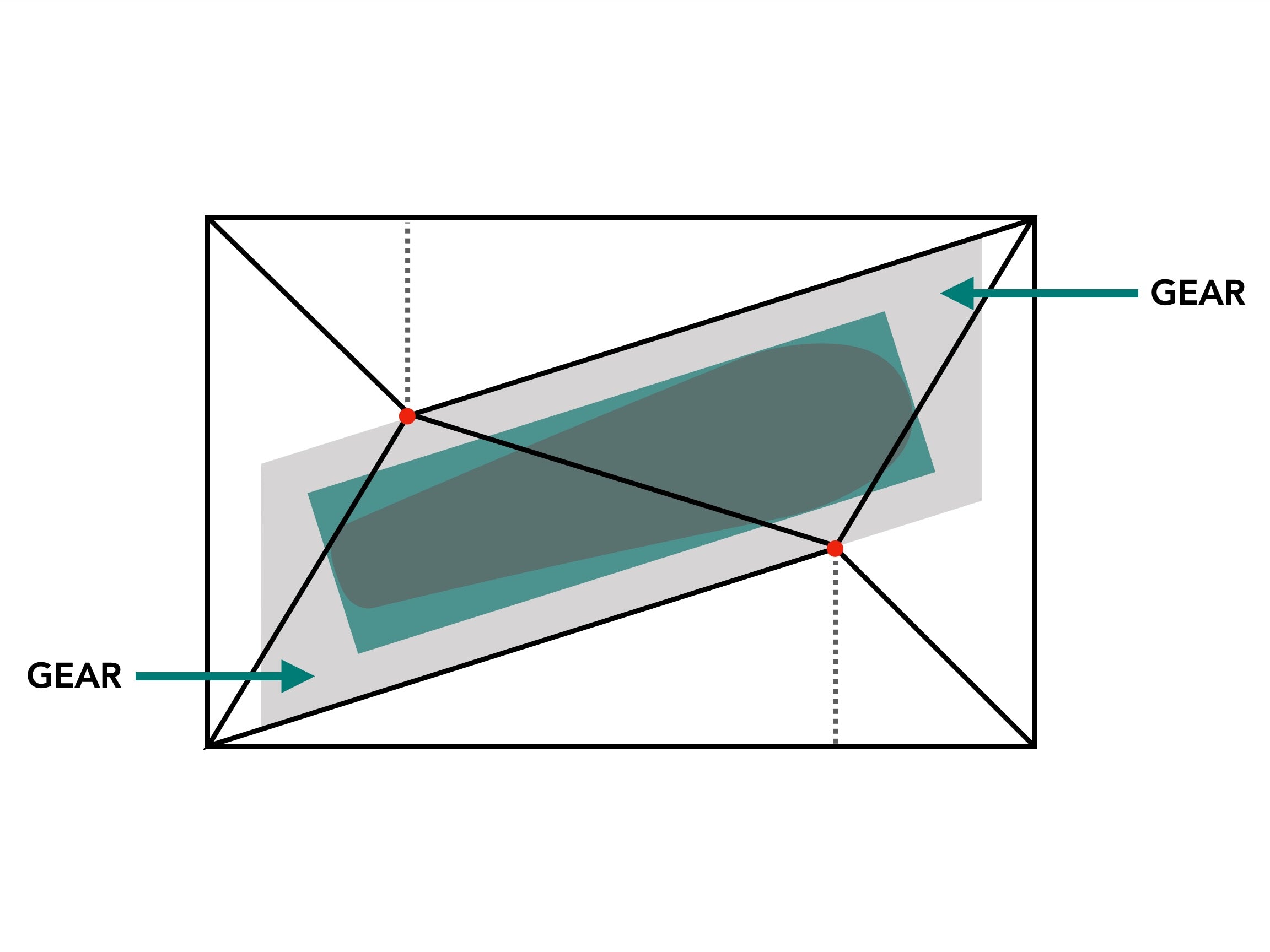
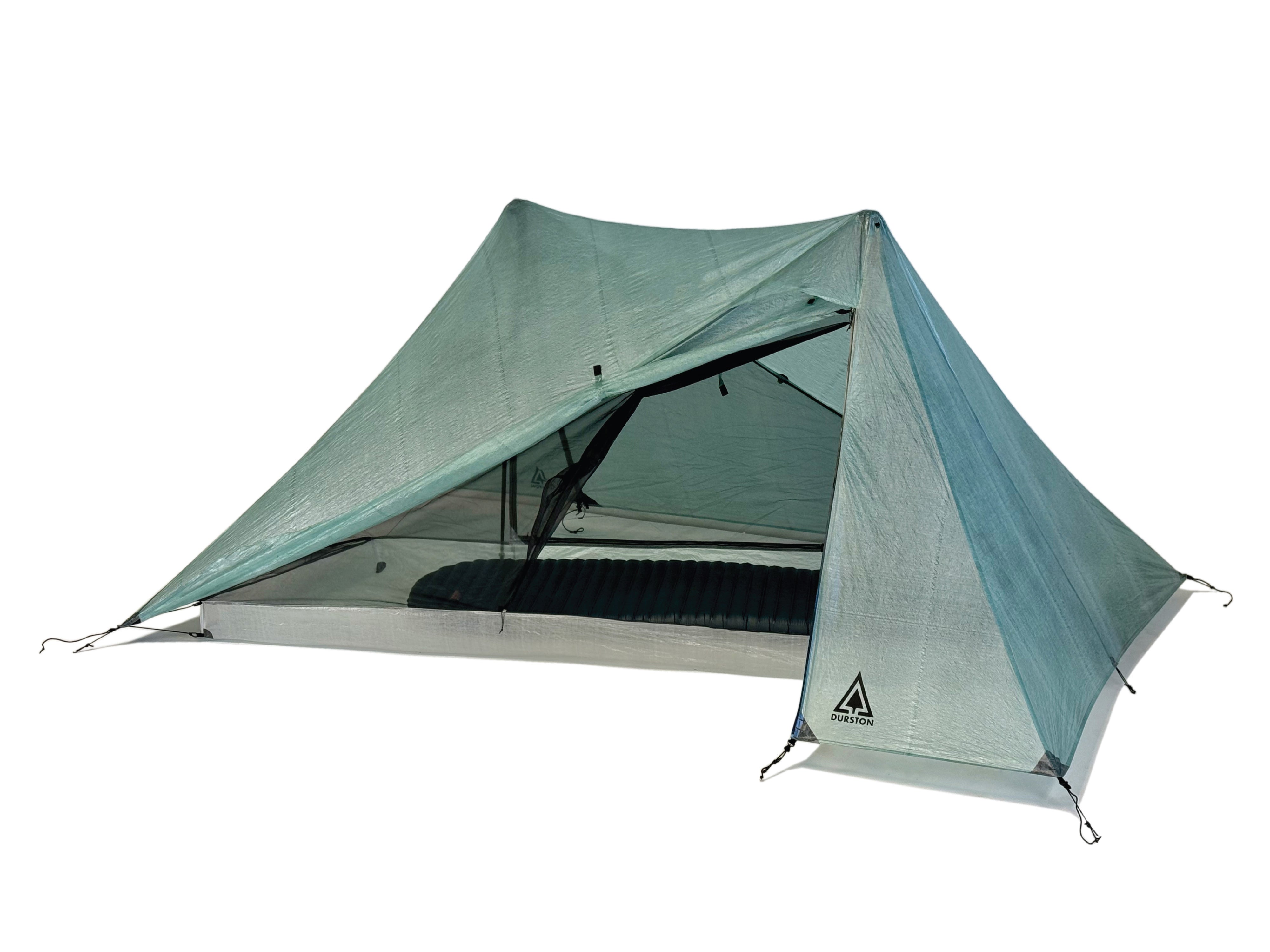
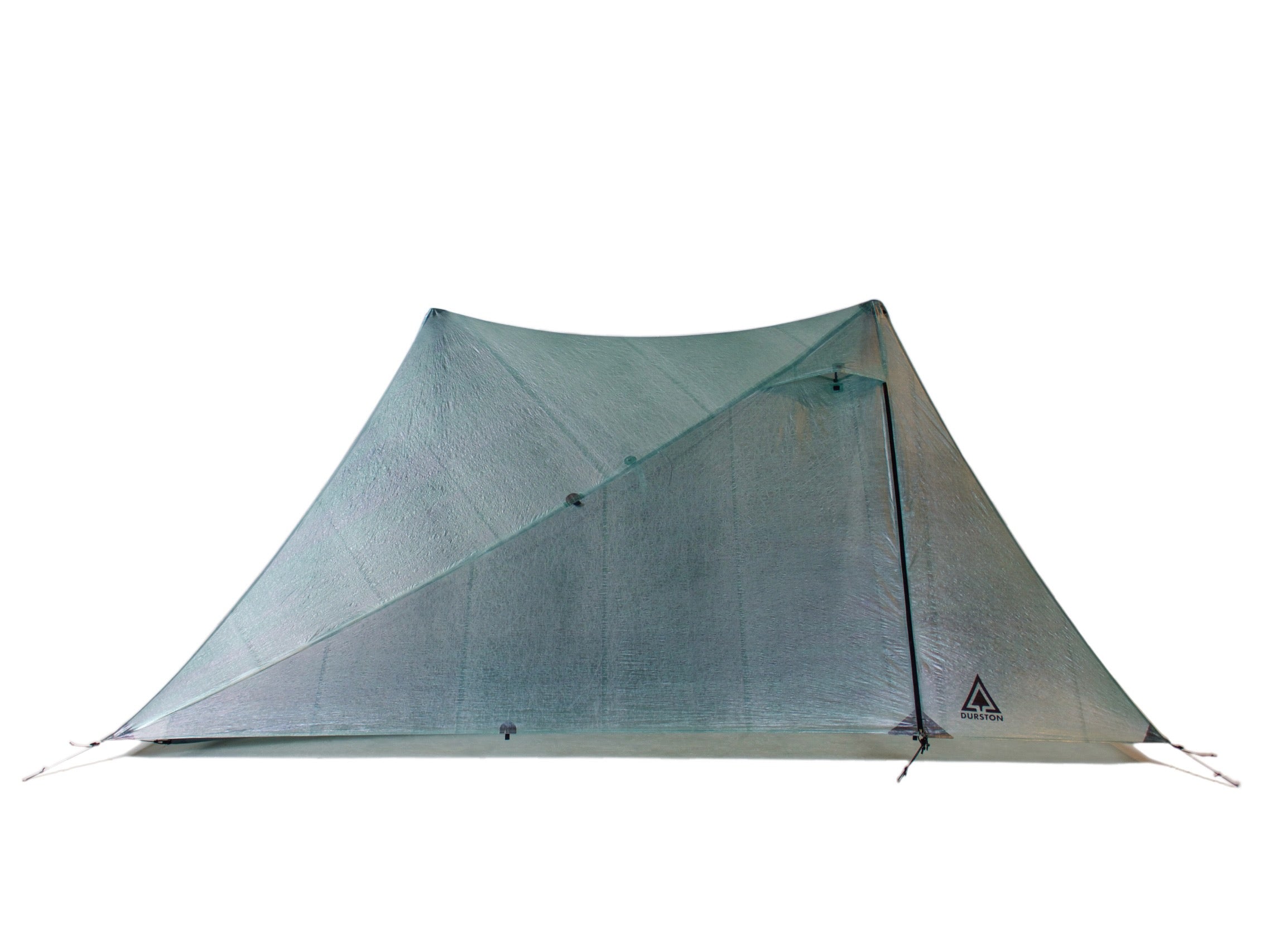
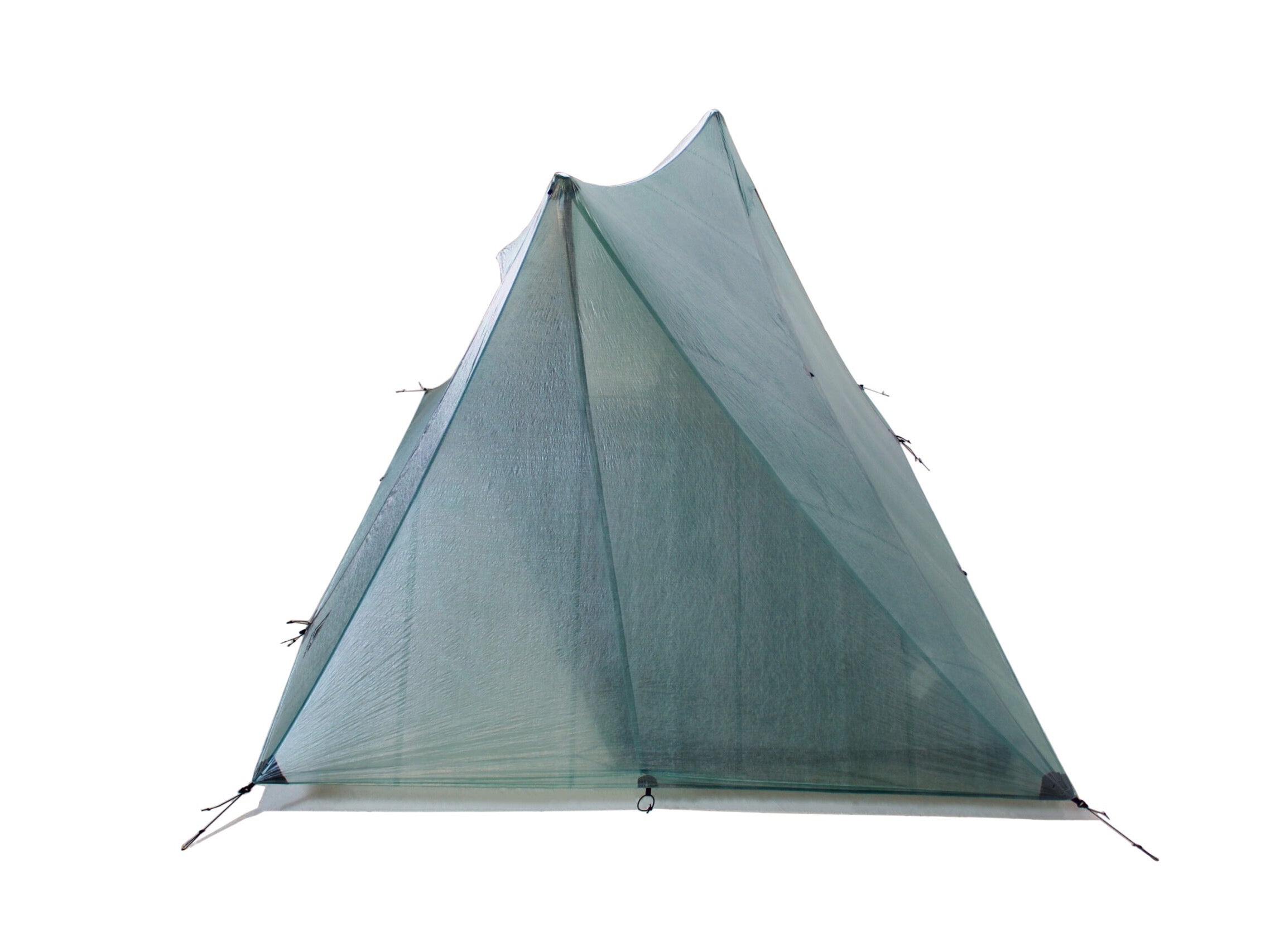
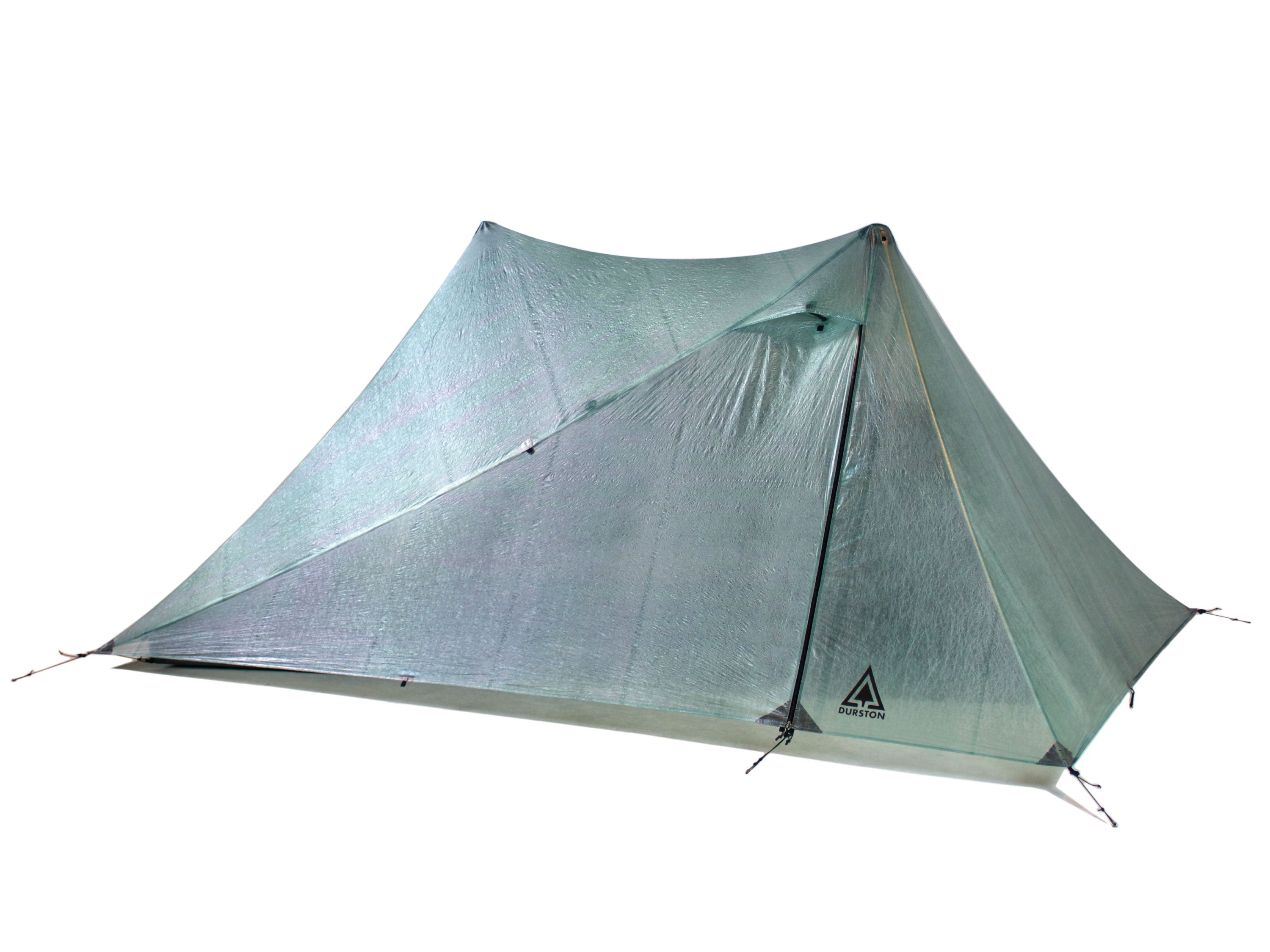
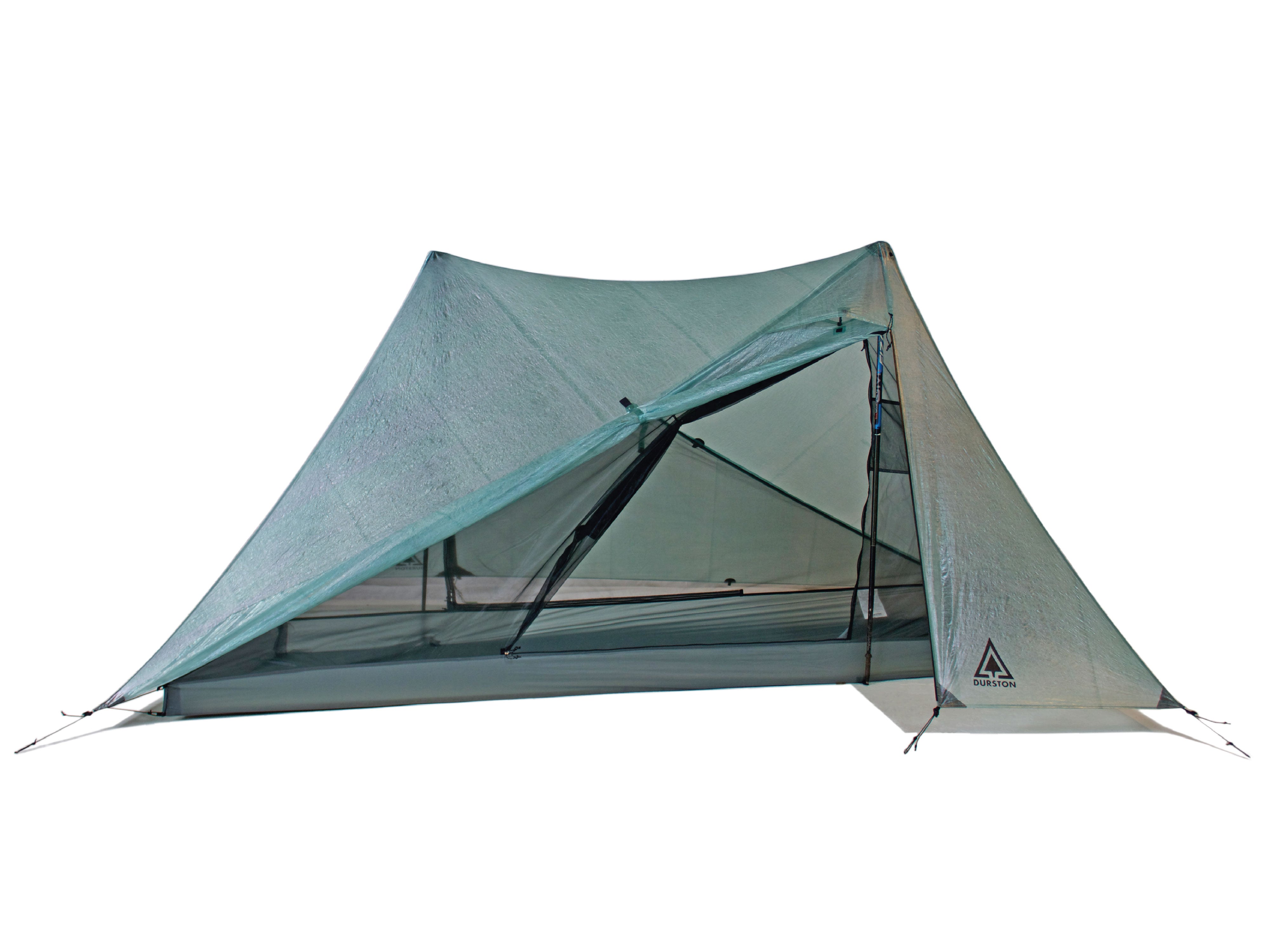
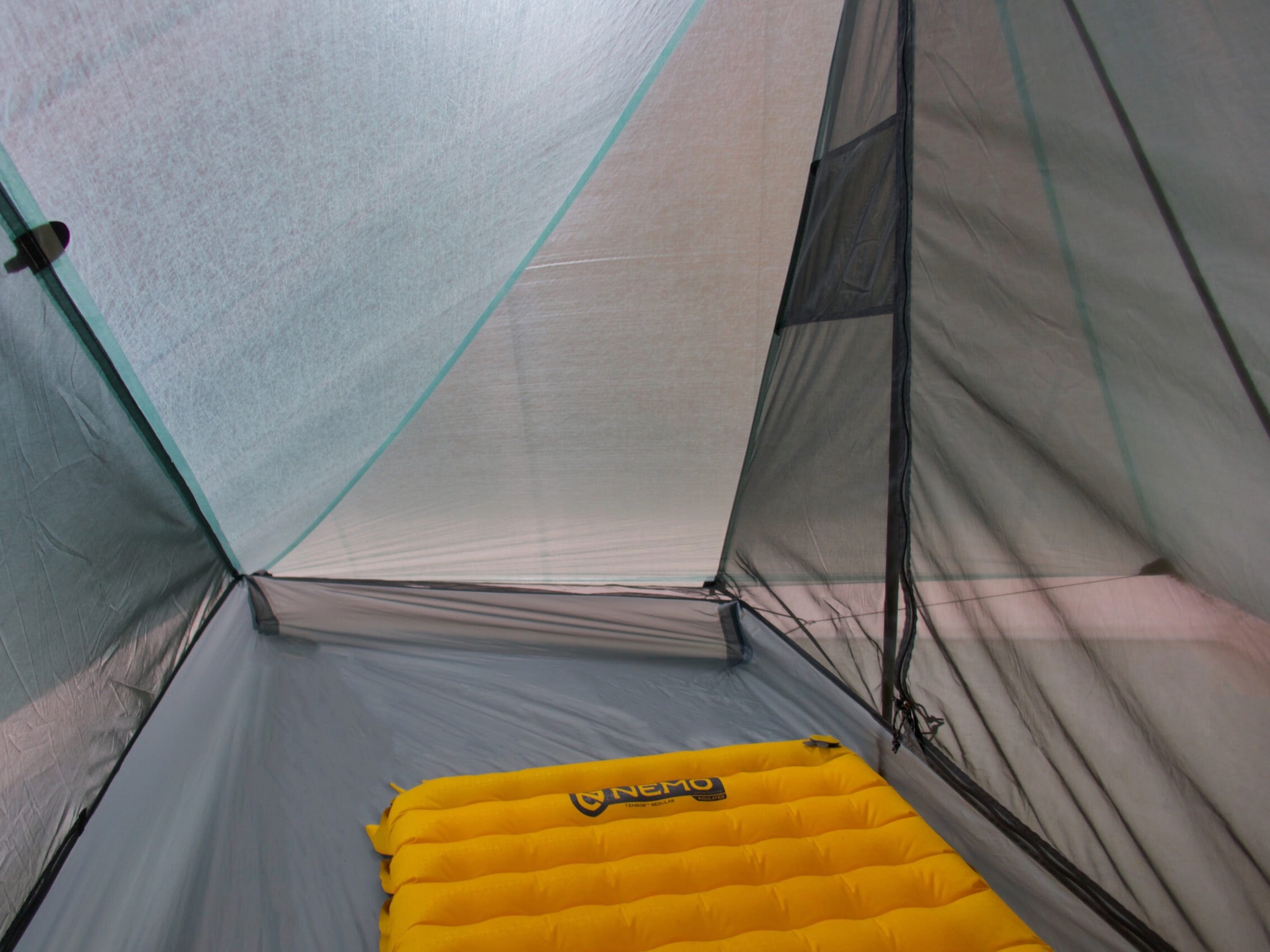
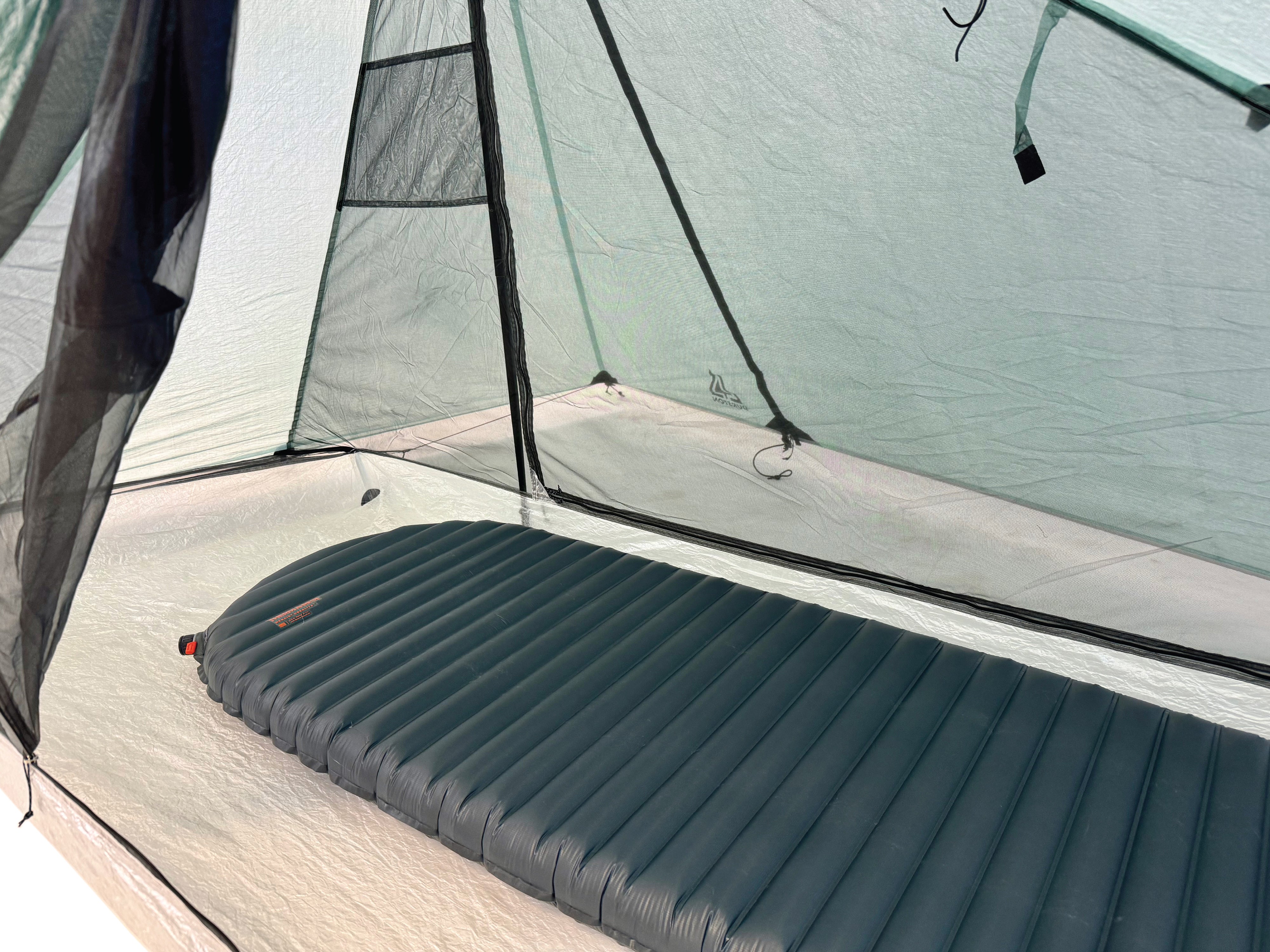
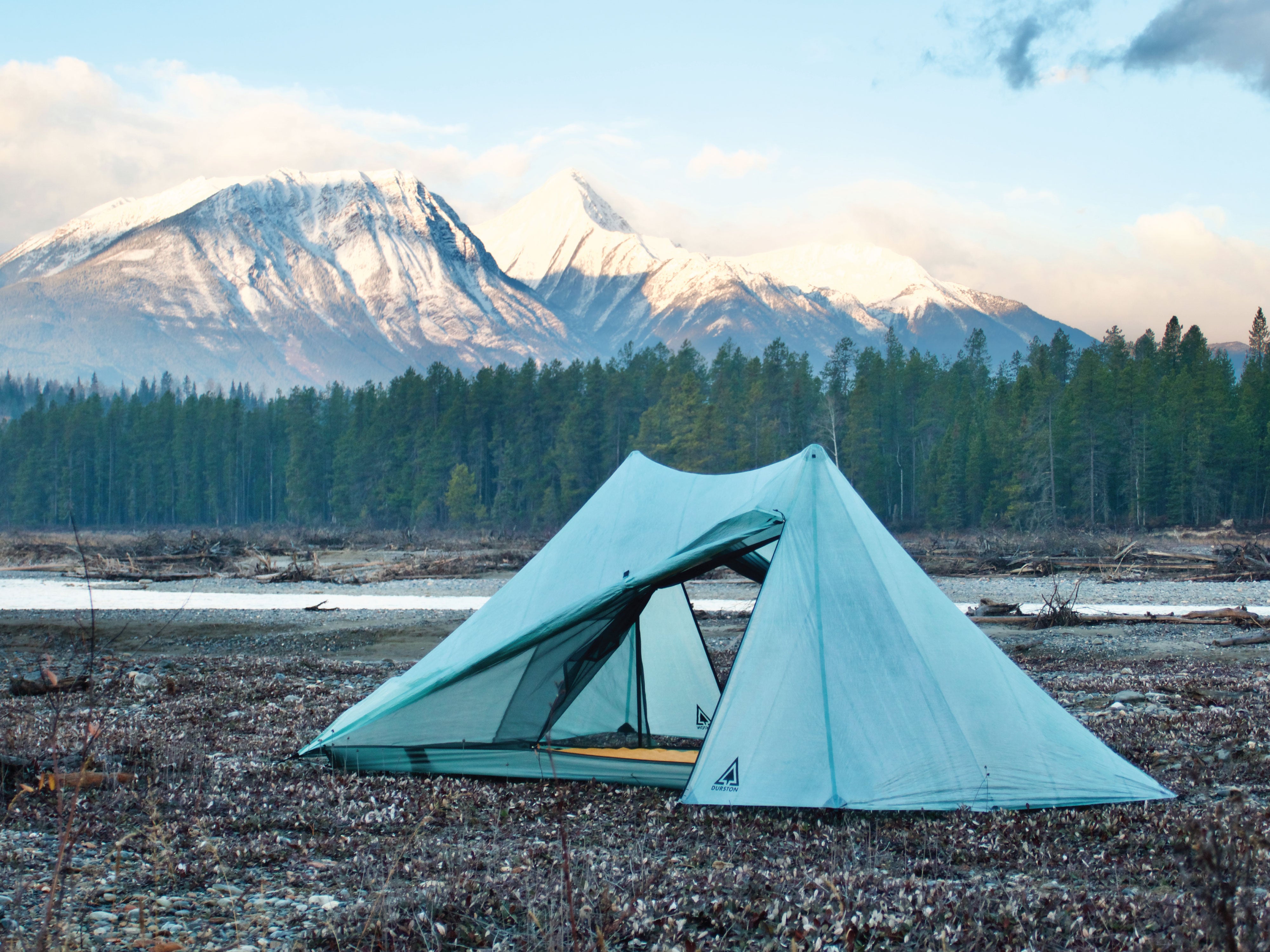
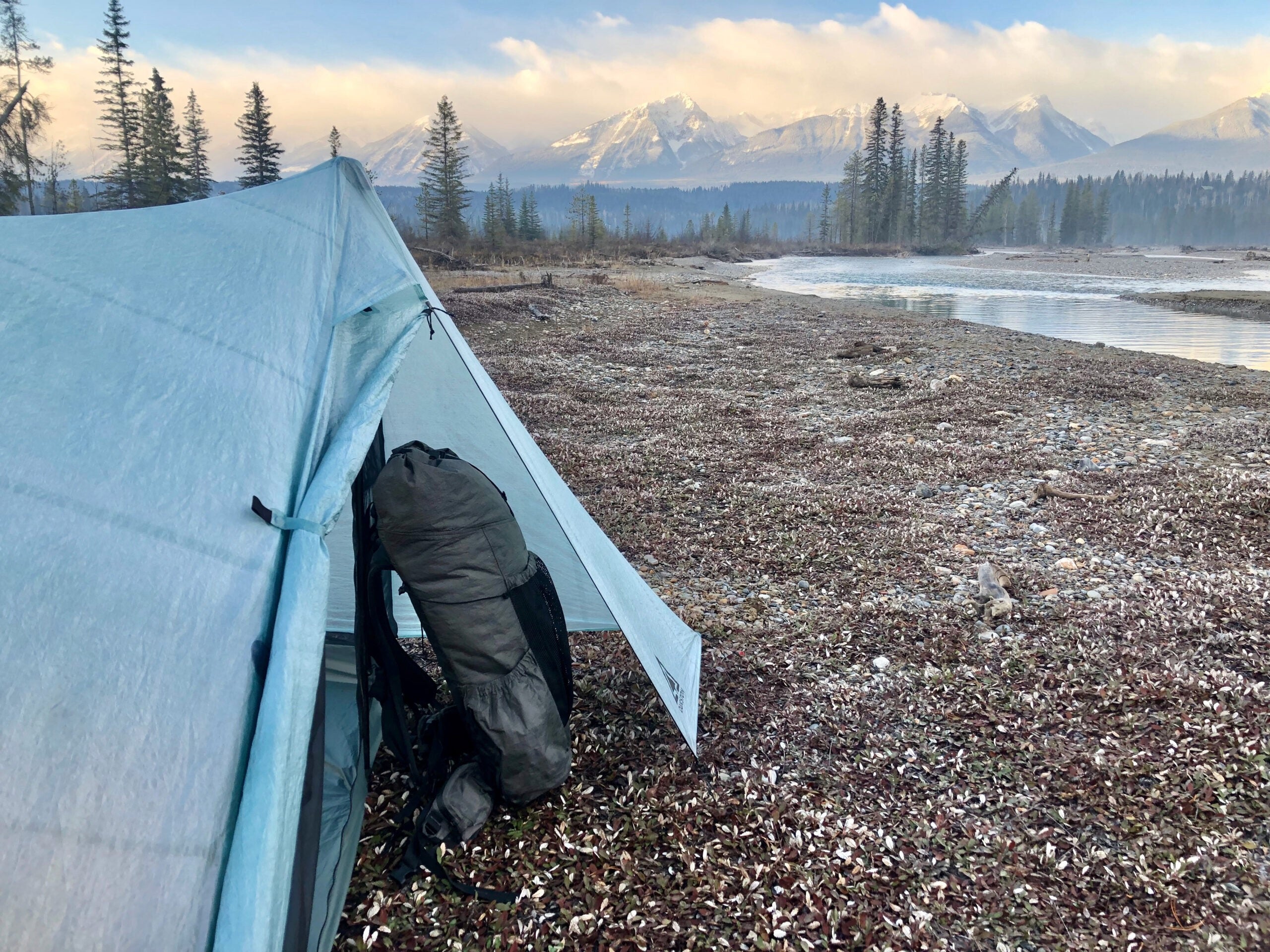
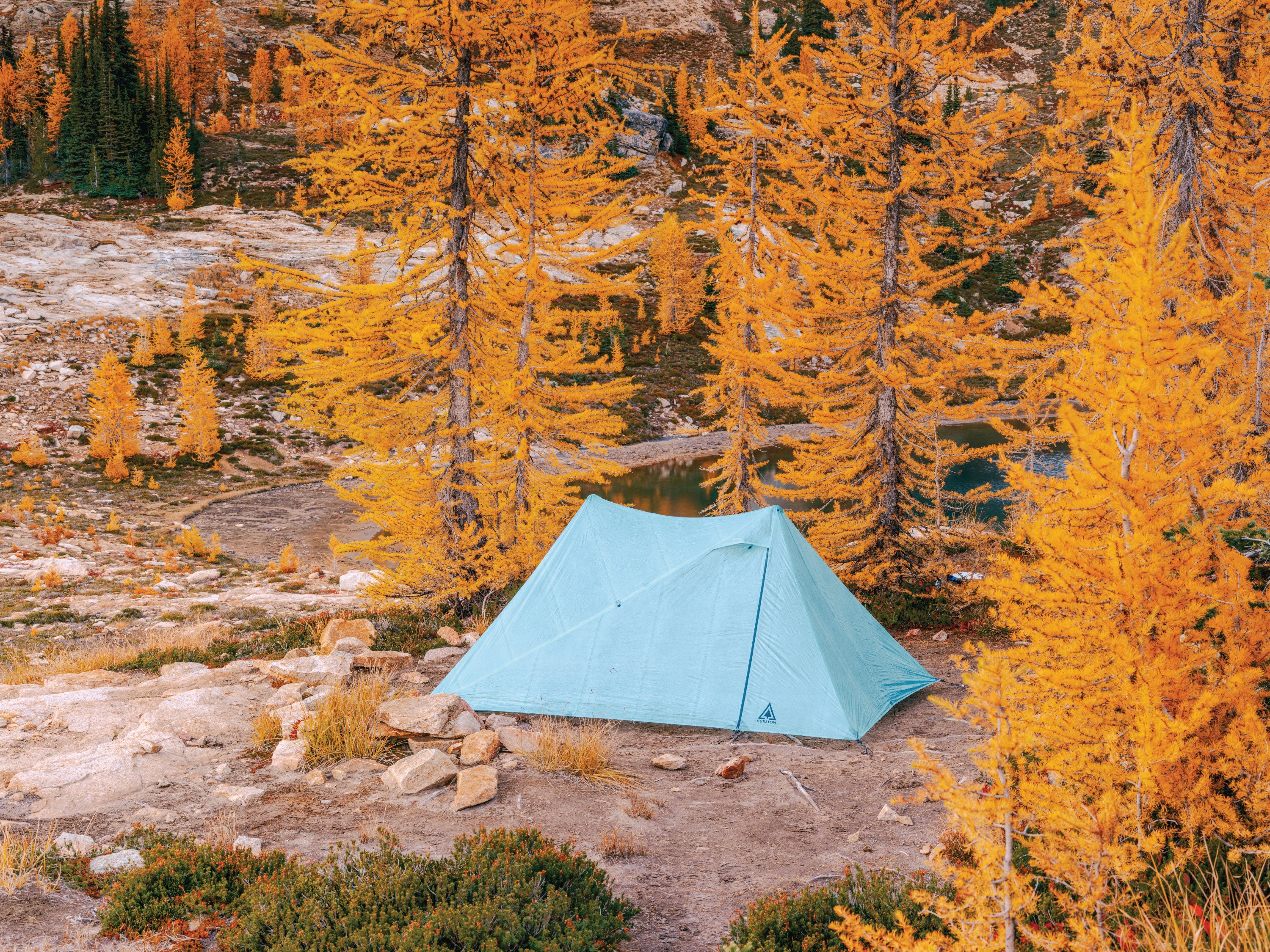
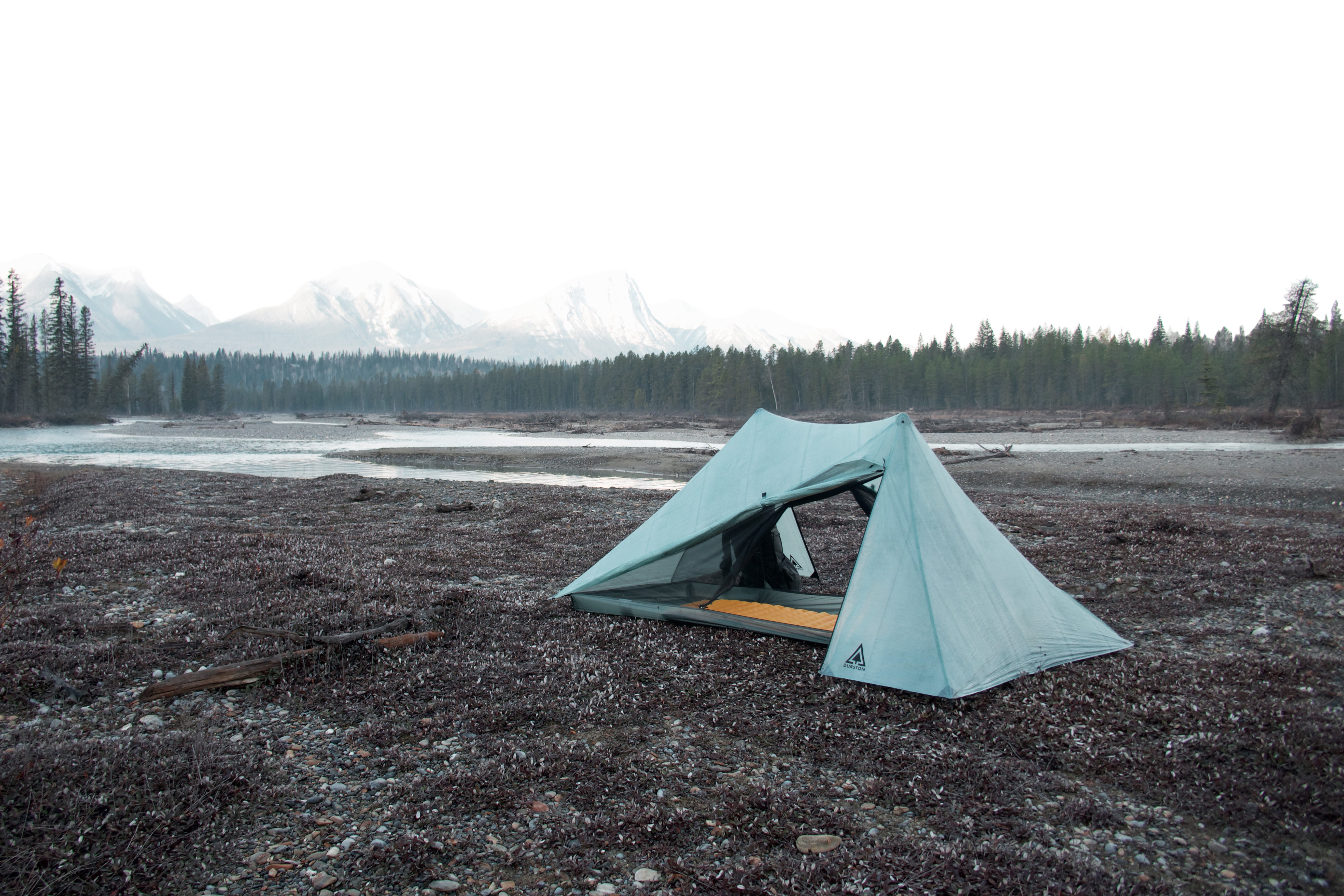

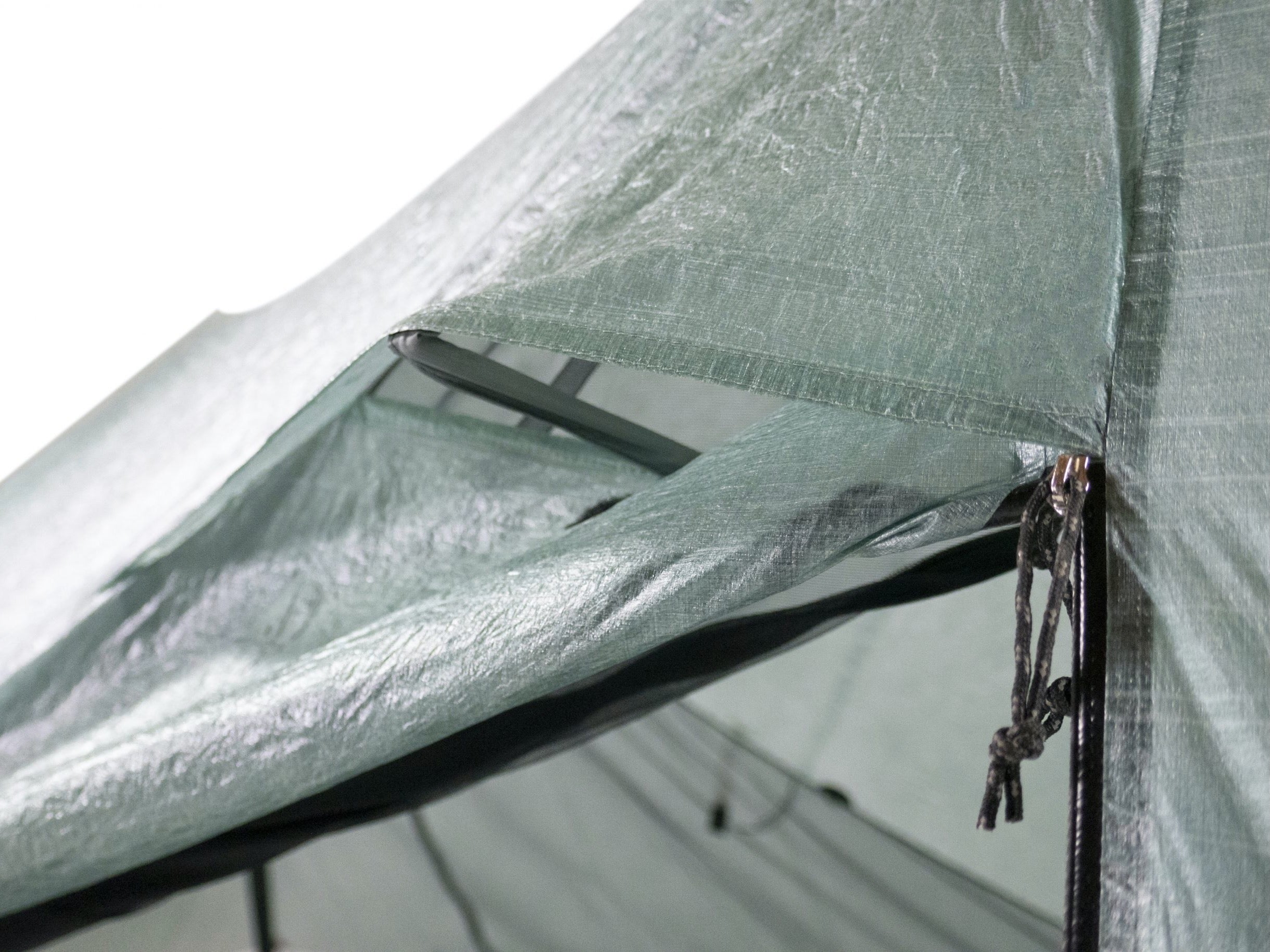
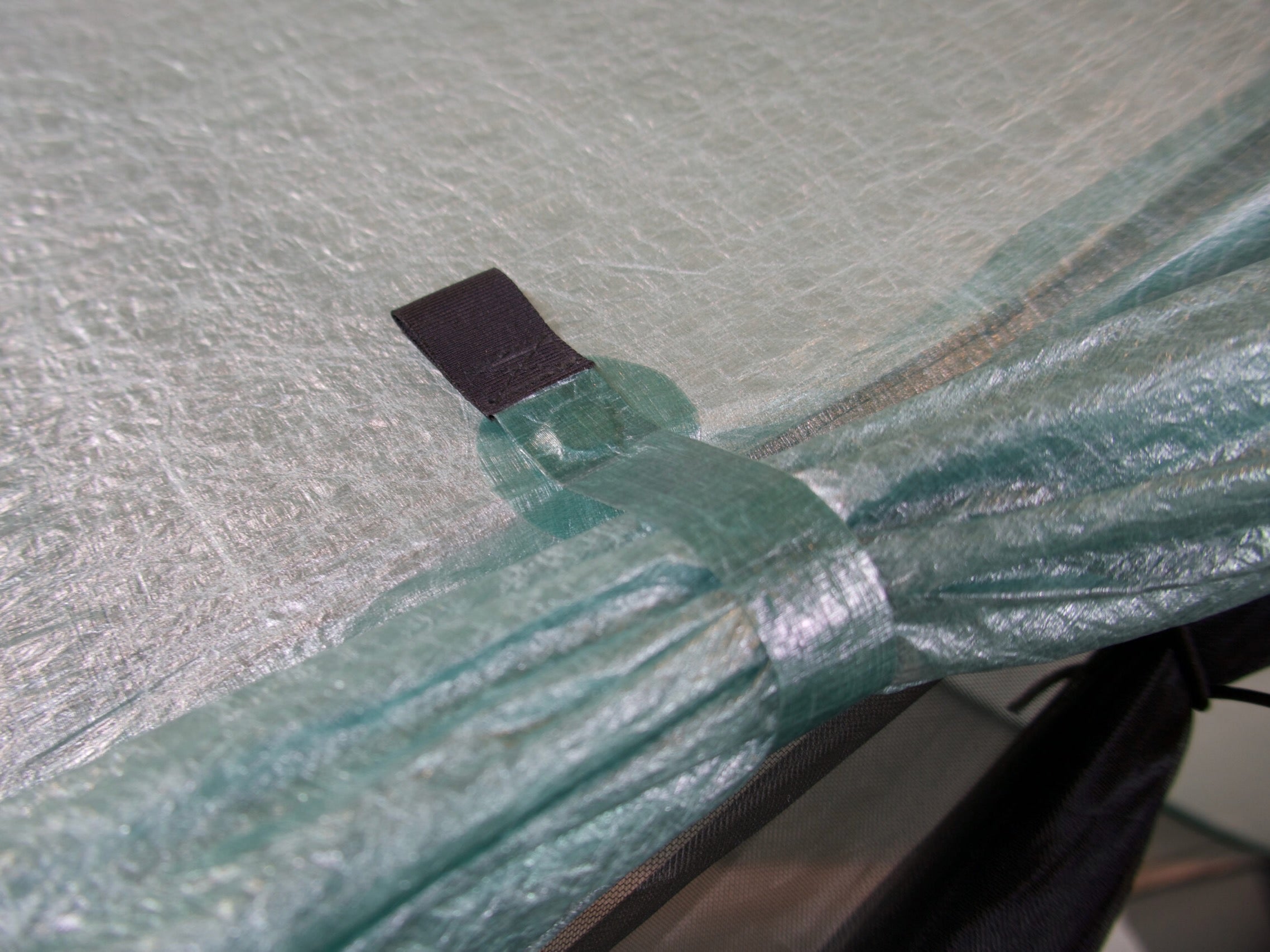
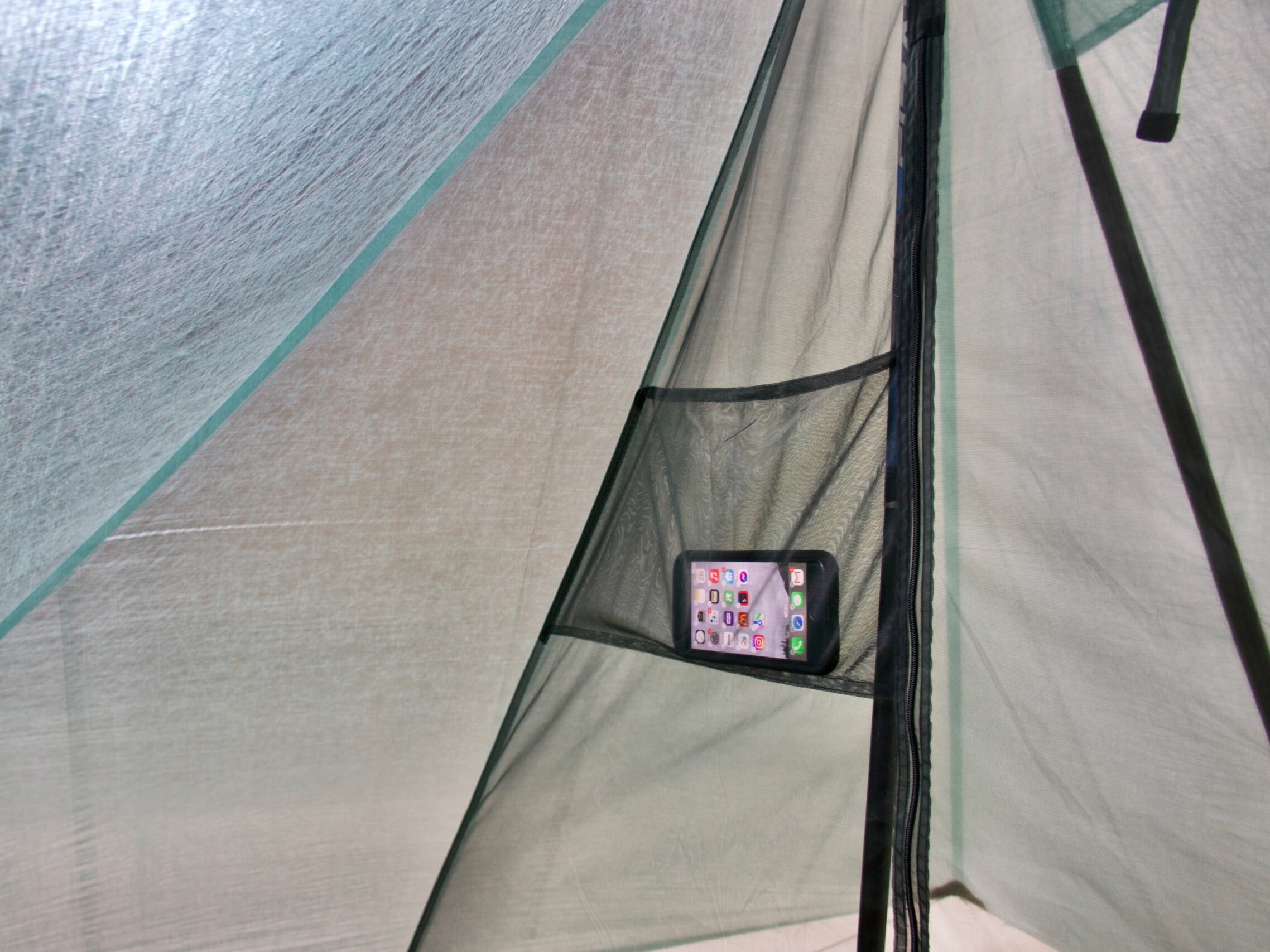
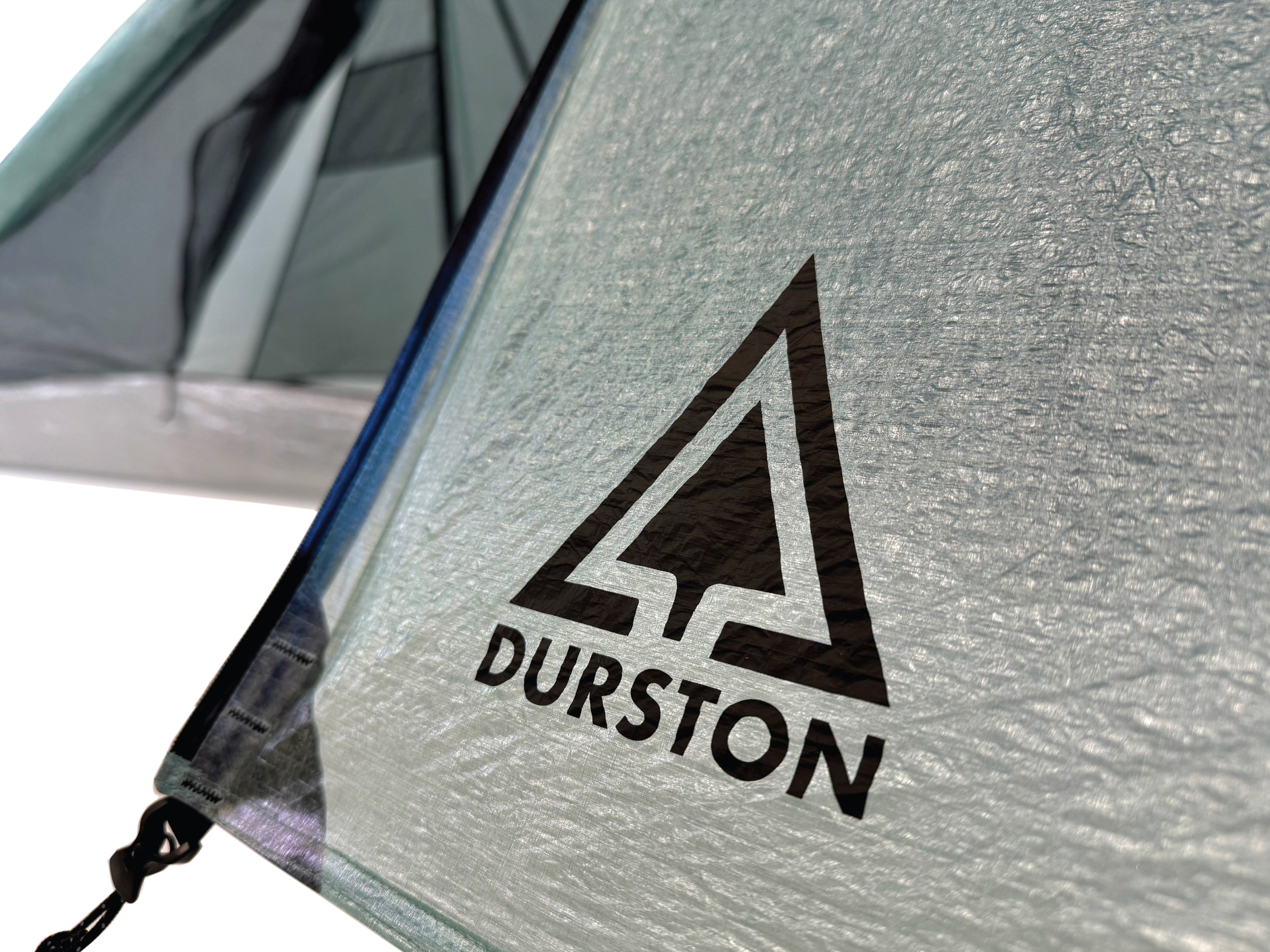
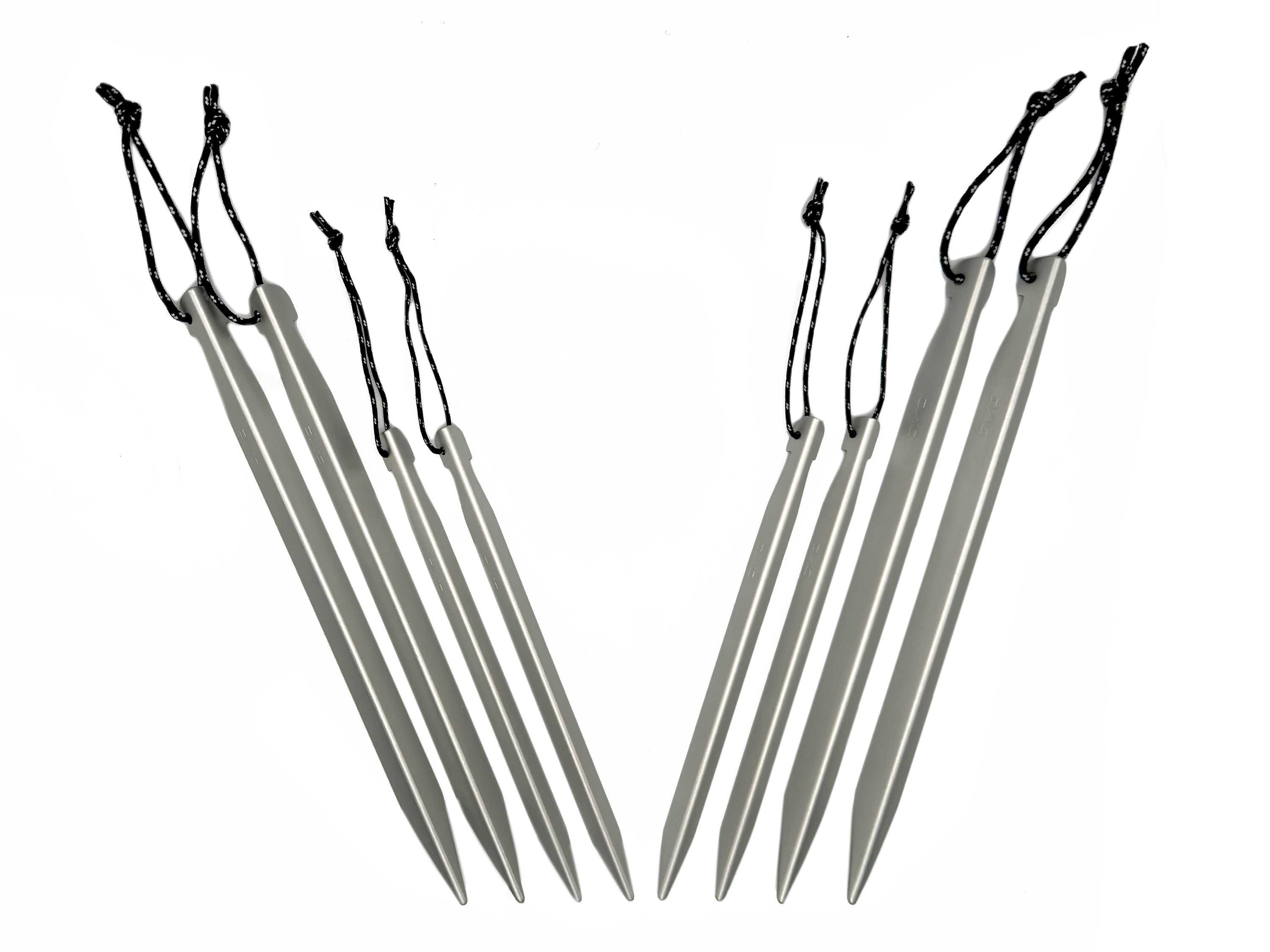
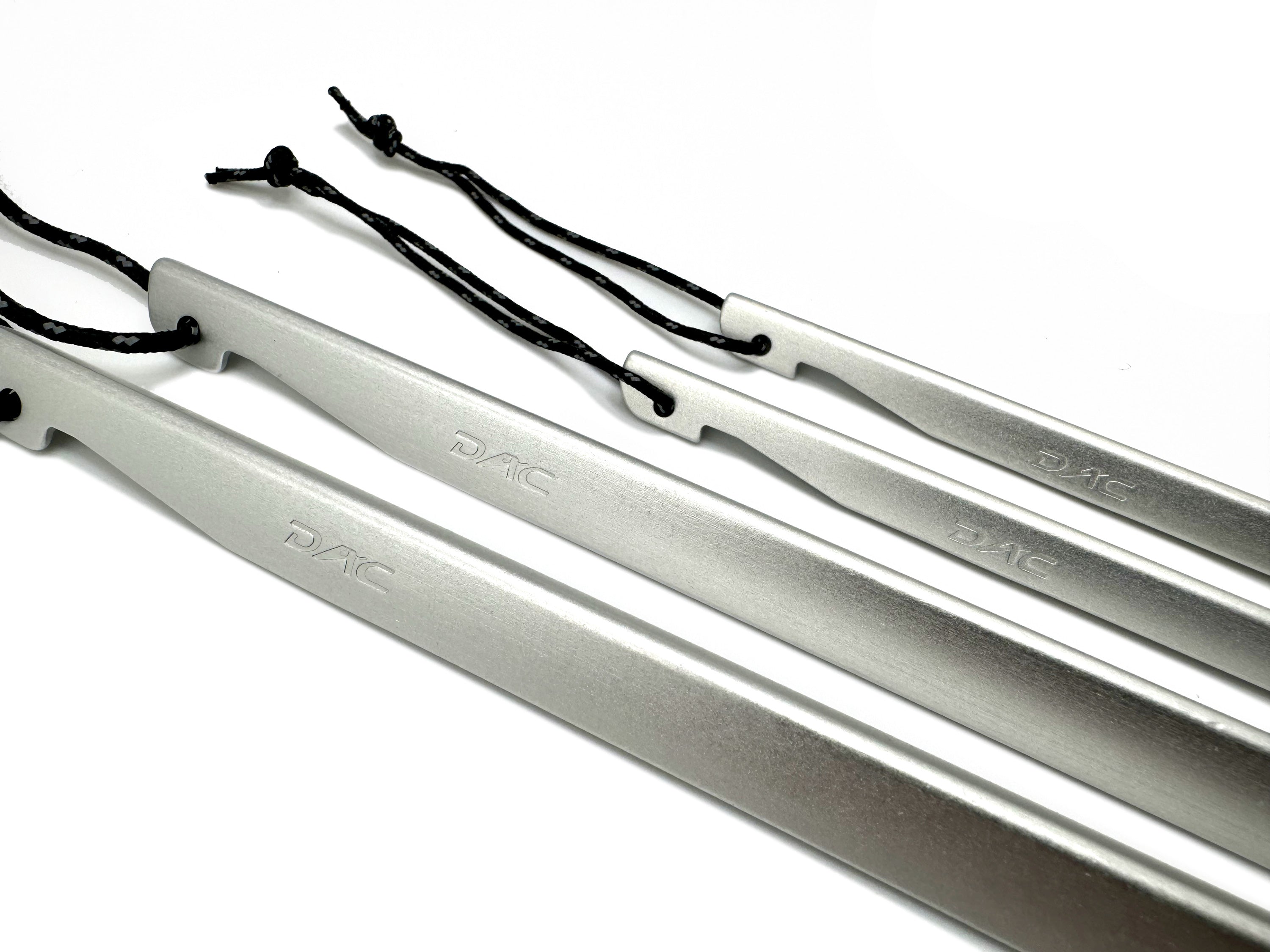
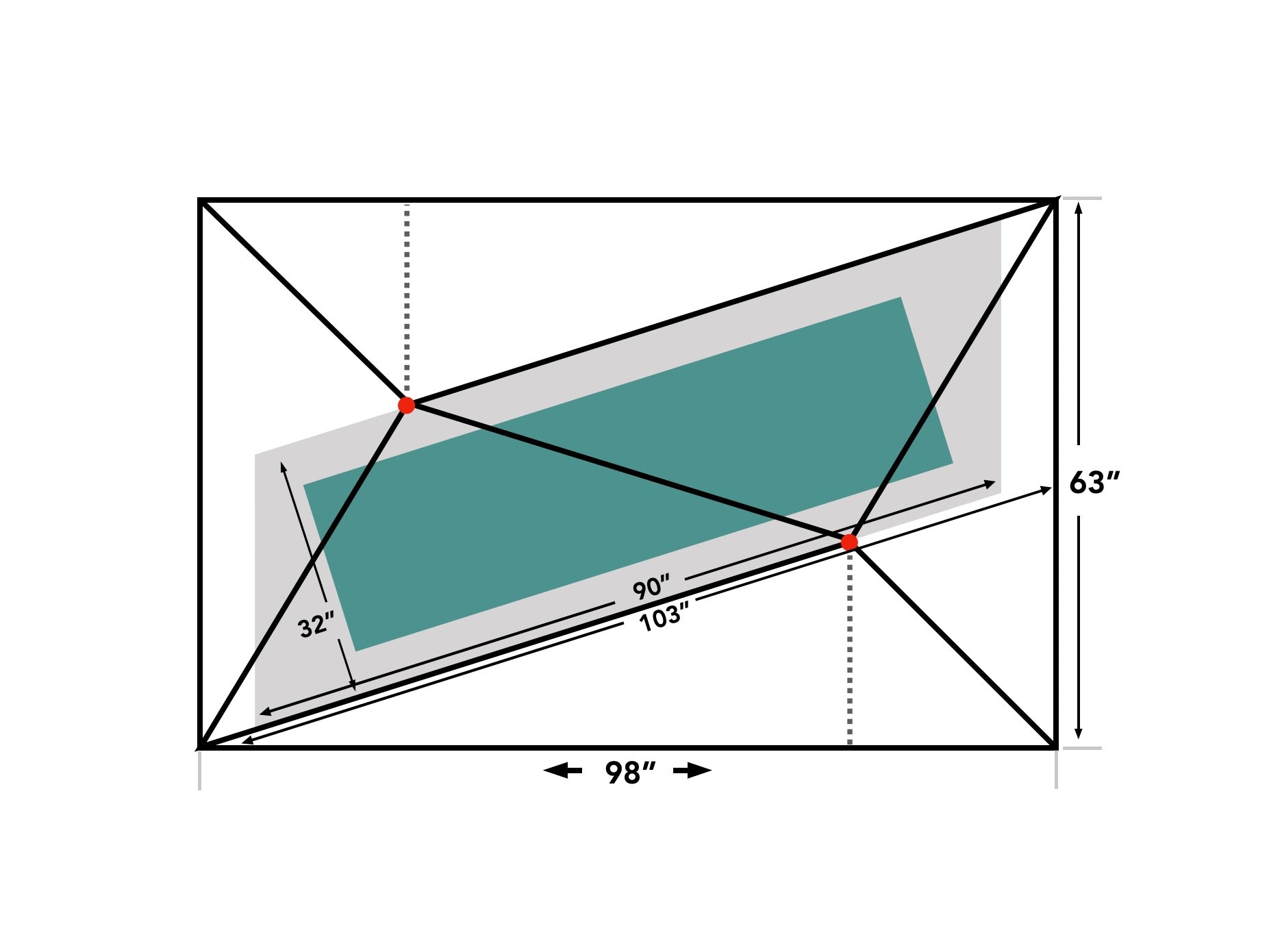
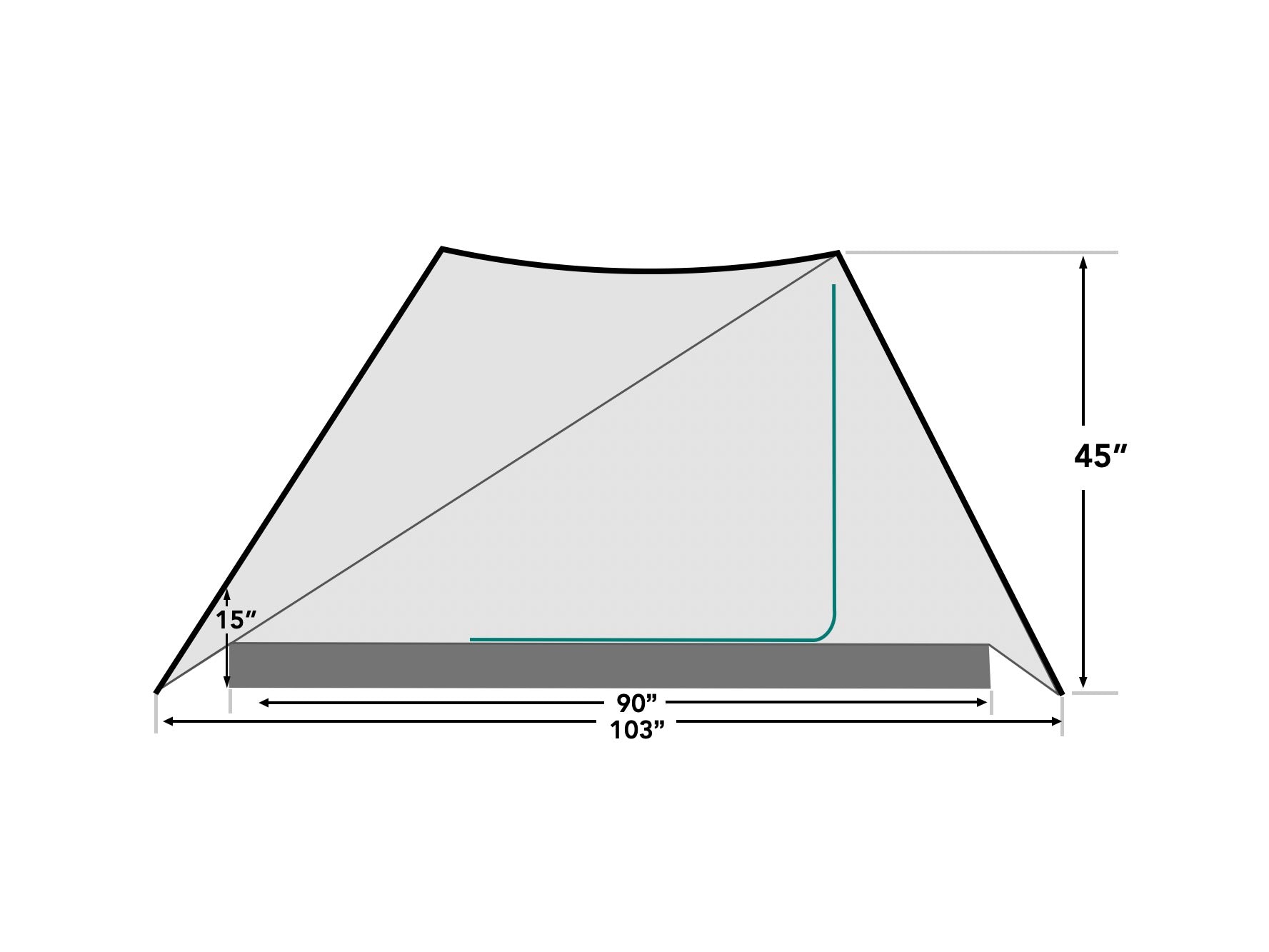
X-Mid Pro 1

Pinnacle of Superlight Tent Design
The X-Mid Pro 1 is the ideal tent for the ultralight backpacker. It combines our maximally weight efficient X-Mid geometry with Dyneema® fabrics and a hybrid/singlewall design to create one of the most spacious, simple, and stormworthy one person tents on the market - and yet it weighs under 1 pound (just 15.5 oz / 440 g for the lightest version).
SPACIOUS
The X-Mid Pro 1 is a seriously spacious tent with more interior volume than any other 1P trekking pole tent. It's not just spacious in the context of superlight tents, but actually is more spacious than almost every 1P tent - at any weight.
The X-Mid Pro 1 accomplishes this with its space efficient geometry that moves the two poles further apart to create 25-50% more interior volume than competing tents, including more useable length, headroom, and shoulder room.
The floor length is a generous 90″ which is combined with steep end walls such that the length is still 90" at 15" off the ground. The result is best in class useable length (suitable for hikers up to 6’8″), while the 32″ floor width easily accommodates the widest pads with room to spare. You can comfortably sit up throughout the length of the tent while two people can easily sit in the tent together.
In addition, there are dual large vestibules which put the main area beside the door instead of blocking it, and can easily hold large packs and other gear.
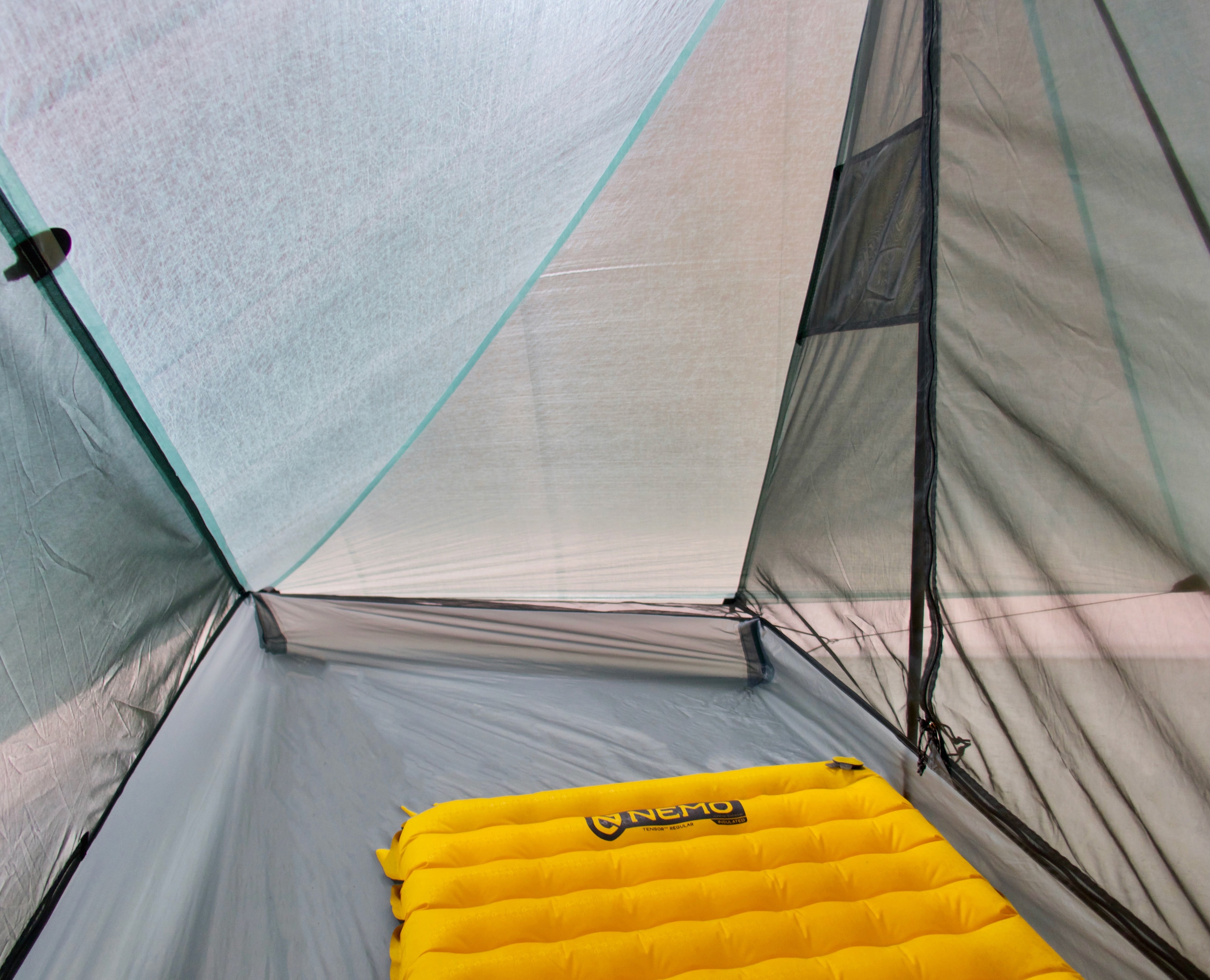
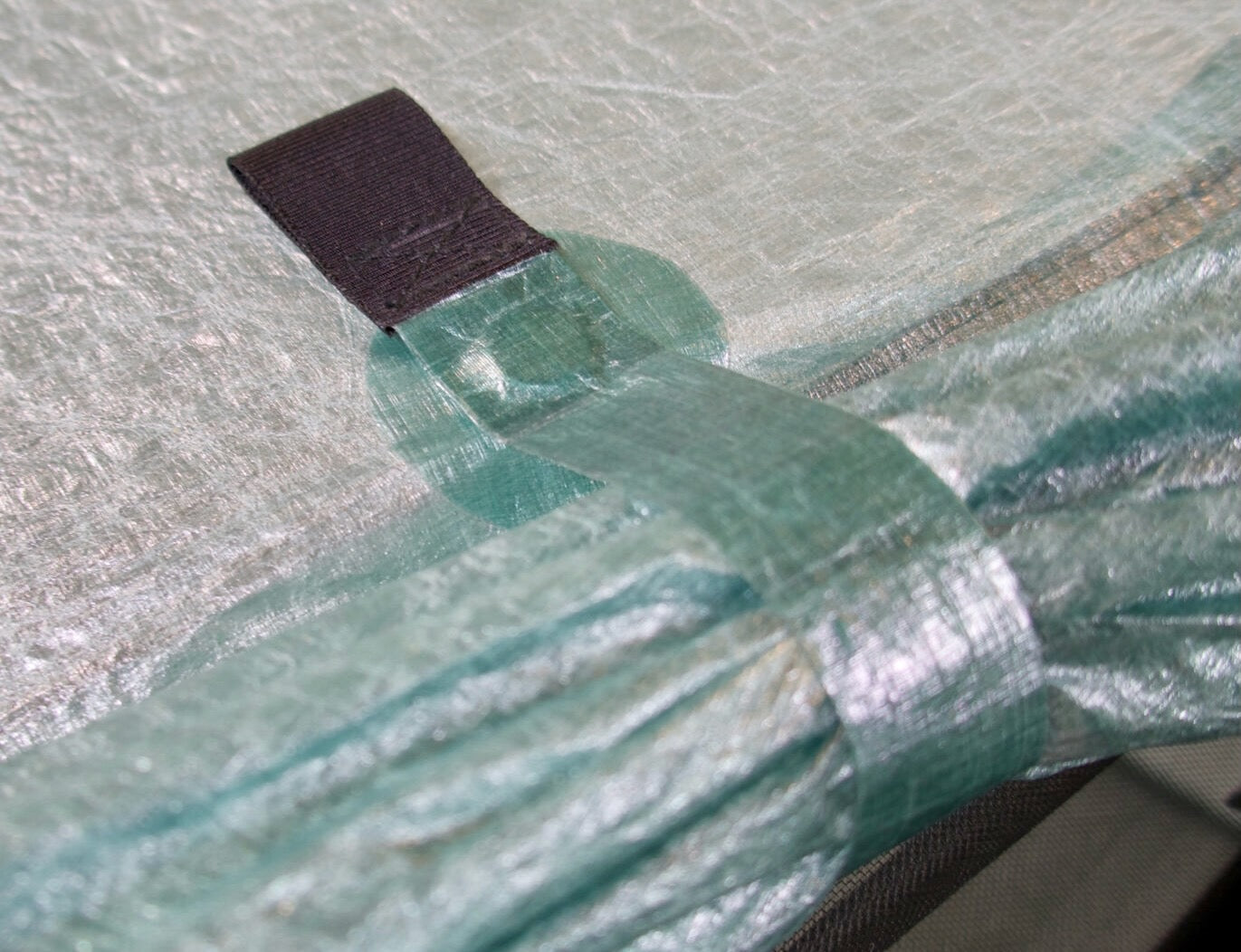
USER FRIENDLY
The X-Mid design was formed in tough real world conditions where you need a shelter that works, and this elegant and capable simplicity continues in the X-Mid Pro 1.
Our thoughtful design includes an ultra simple 4 stake pitch, magnetic door toggles for one handed operation, doorways that aren’t blocked by poles, large vestibules that put the main area beside the doorway instead of blocking it, a tensioned floor that lies taut and wrinkle free, one handed operating zippers, and dual interior pockets.
The X-Mid Pro 1 also packs smaller than other Dyneema® tents at just 4.5″ x 10″ due to the absence of poles and struts, and low bulk floor fabric. The short shape easily packs horizontally in your pack.
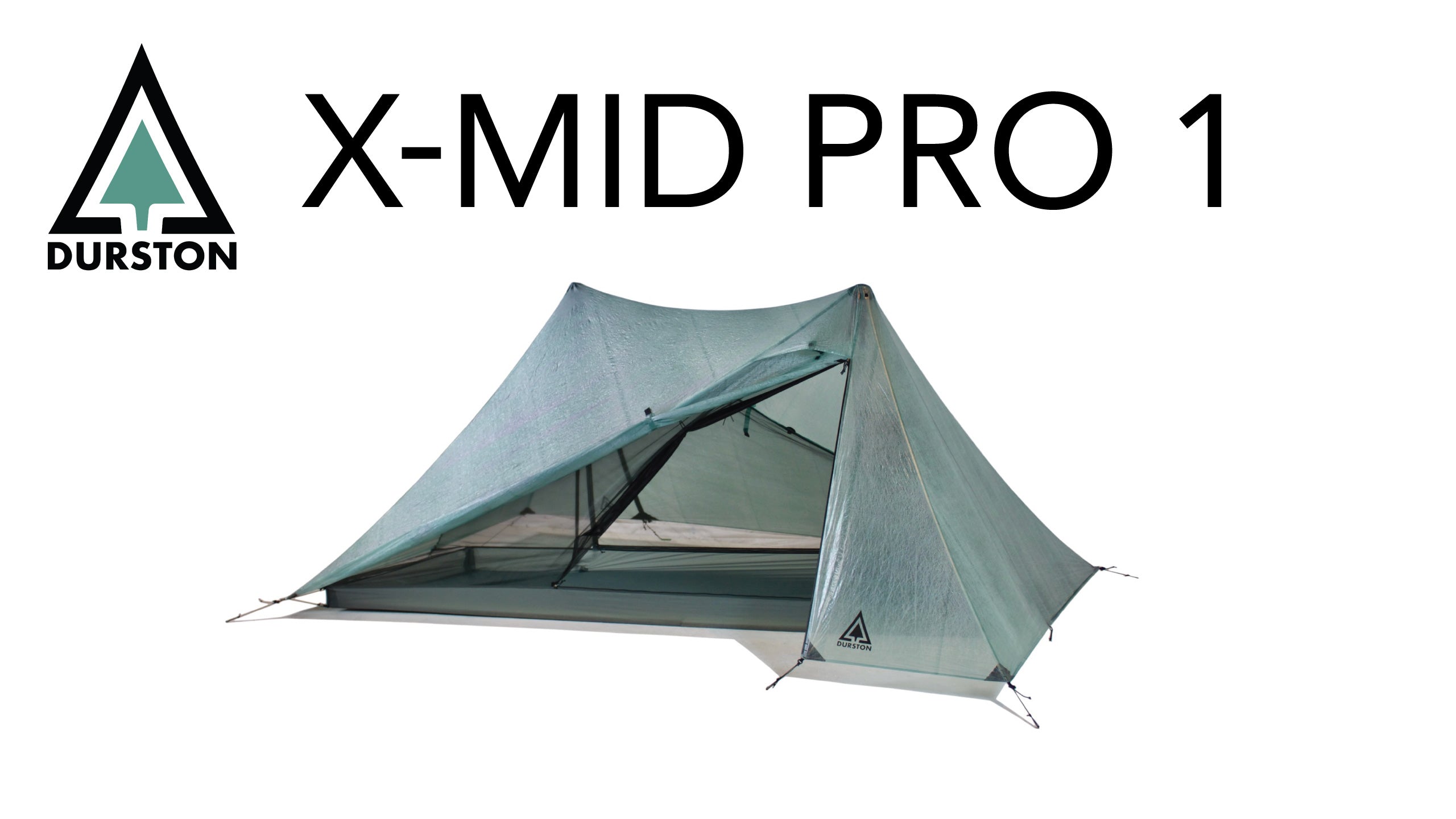
STORMWORTHY
More than just a spacious tent, the X-Mid Pro 1 is a robust shelter for harsh conditions. It uses ultra strong Dyneema® fabrics and combines that with the highly regarded X-Mid shape which optimizes wind and snow shedding.
Unlike other tents near the 1 pound mark, the X-Mid Pro 1 doesn’t trim away the lower part of the fly for weight savings but instead has a full coverage fly to block drafts and rain splatter while also having the option of raising it higher. Other features found in the X-Mid Pro 1 – but otherwise unheard of at the 1 lb mark – are peak vents (important to minimize condensation) and zippered doorways (blocks drafts, increases structural integrity).
The X-Mid Pro 1 also features dual protected doorways that keep rain out when open, attachments for peak and side panel guylines, and the ability to add up to 12 stakes around the base.

Backpacker
Our Favorite 1P Ultralight Tent
"The most comfortable, storm-worthy one-pound shelter we’ve ever tested. Is the X-Mid Pro 1 the holy grail for ultralight solo hikers? We think so."

Outside
Best Backpacking Tent
"With the X-Mid Pro 1, Durston has perfected its signature asymmetrical design to create the most comfortable, storm-worthy one-pound shelter we’ve ever tested."

Clever Hiker
Best Overall Tent
"The X-Mid Pro 1 balances performance, price, and weight better than any other to top our list of best ultralight tents. We loved the simple setup, storm-worthy design and remarkable comfort."
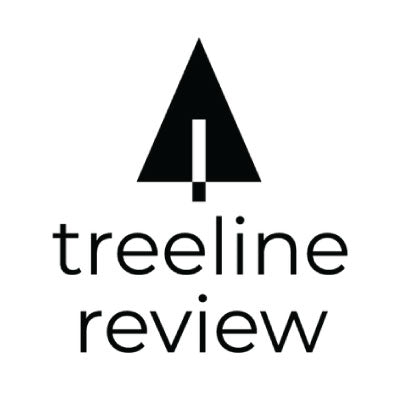
Treeline Review
Greatest Gear of the Year
"I’ve spent a blissful 45-ish nights inside....it was love at first pitch. I’ve coasted through 40-50 mph storms and never been more complimented on a single piece of gear"

Backpacking Light
You Can Do No Better
"Luxuriously spacious, simple to pitch....For a fully-enclosed trekking pole shelter, you can do no better."
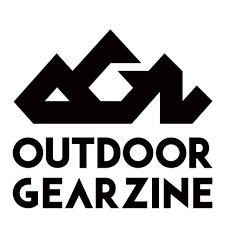
Outdoor Gearzine
New and Wonderful
"Our storm of praise can't stop...This new and wonderful shelter has pushed forward mountain tent design by 100 years."

Road Trail Run
The Hype is Real
"The X-Mid Pro 1 is a head- and foot-room king. The hype is real...the easy setup and interior space exceeded expectations."
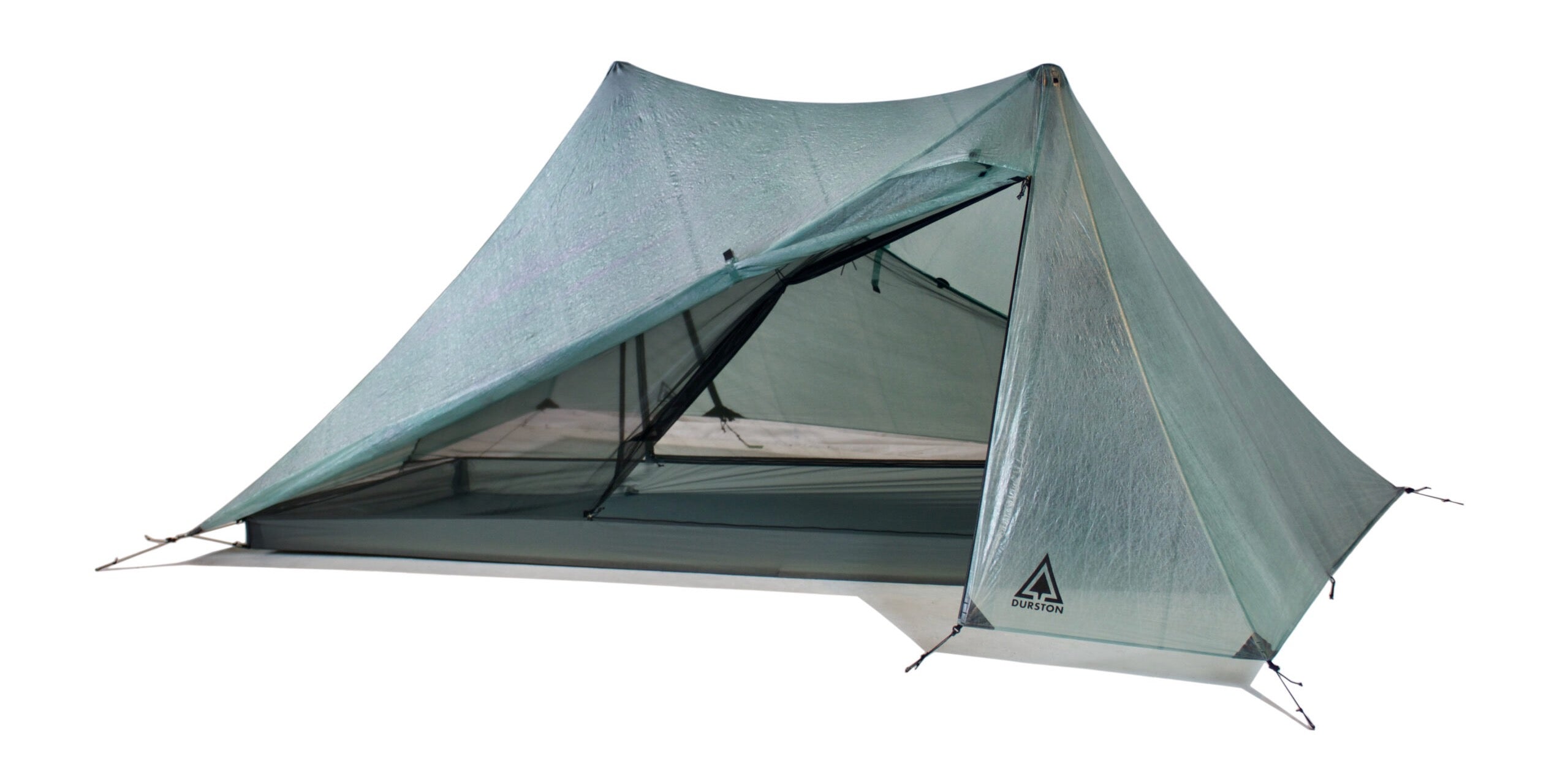
Magnetic Toggles
Magnetic door toggles with pull tabs provide easy one handed-operation.
Doorways
Unlike most trekking pole tents, the doorways are large and not blocked by trekking poles.
Full Coverage Fly
The fly extends low to the ground to block drafts and rain splatter, yet can be raised for more ventilation. Other tents cut away the bottom of the fly to save weight but it leaves you more exposed.
Tensioned Floor
Small corner struts and cords tension the floor so it lays taut and easy to clean. Competing tents hang the bathtub floor from its top edge (like a bag) which saves weight but is more prone to wrinkling and sliding around.
Peak vents
Dual peak vents minimize condensation.
QUALITY
In addition to the highest performance design, the X-Mid Pro has industry leading quality. That starts by using premium materials like Dyneema®, and assembling them at the most experienced tent factory in the world for Dyneema® fabrics.
We use hot bonded construction to create Dyneema® seams that are stronger, cleaner looking, and better retain their strength in extreme temperatures compared to sewn or cold taped seams. We also use a proprietary pre-shrinking process so the shape is more stable over time and won't deform or shrink to create wavy zippers. Lastly, we use thoughtful design and reinforcements to avoid stressing the fabric diagonally (on the 'bias') which adds costs but prevents premature degradation.
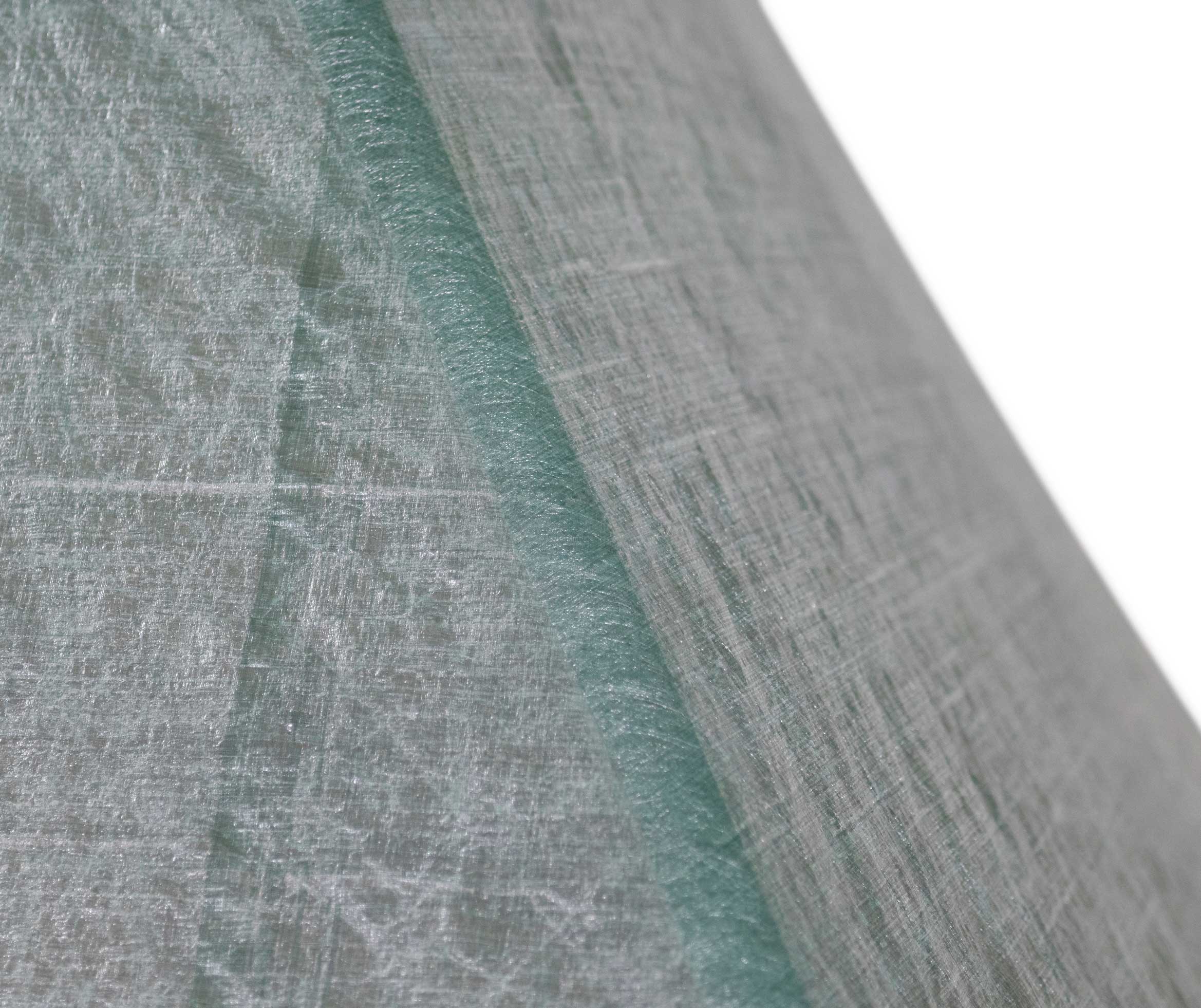
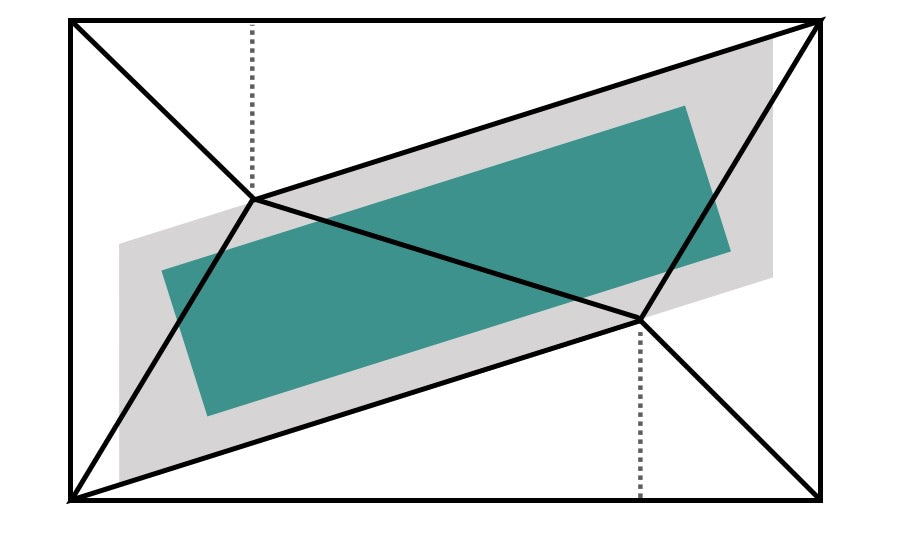
PATENTED GEOMETRY
The X-Mid shape has been developed from the first principles of geometry to be as weight efficient, simple, and functional as possible.
That includes avoiding all the common pitfalls of trekking pole shelters such as a complicated pitch, mandatory guylines, poles blocking the doorways, and a lack of interior volume.
Read the story about how the X-Mid geometry was developed:
With best in-class space, stormworthiness, simplicity and build quality, the X-Mid Pro 1 is the ideal ultralight tent for everything from thruhiking the Pacific Crest Trail, to crossing Icelands’ wind-swept tundra, to remote adventures on Australia’s Bibbulmun Track.

